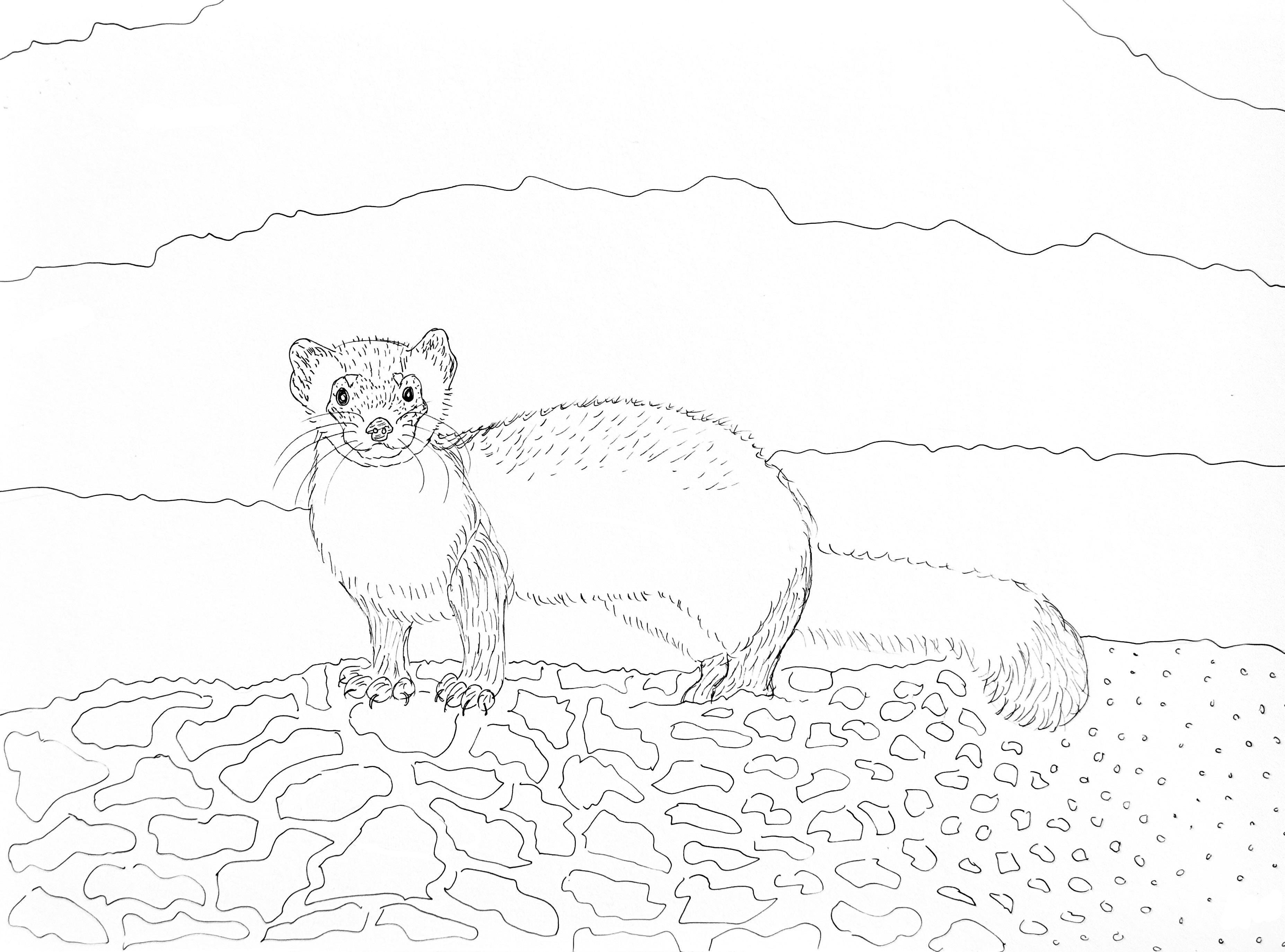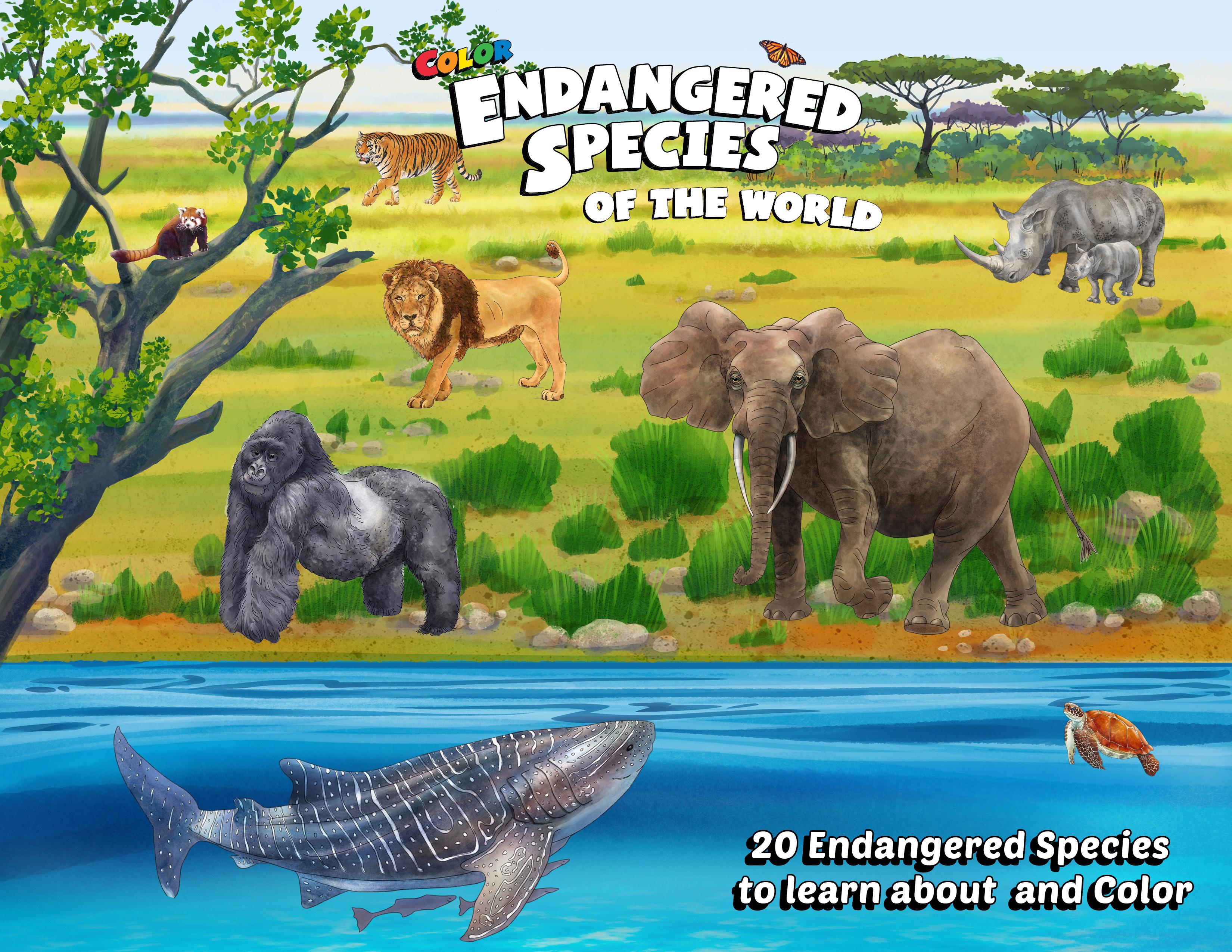
Endangered Species
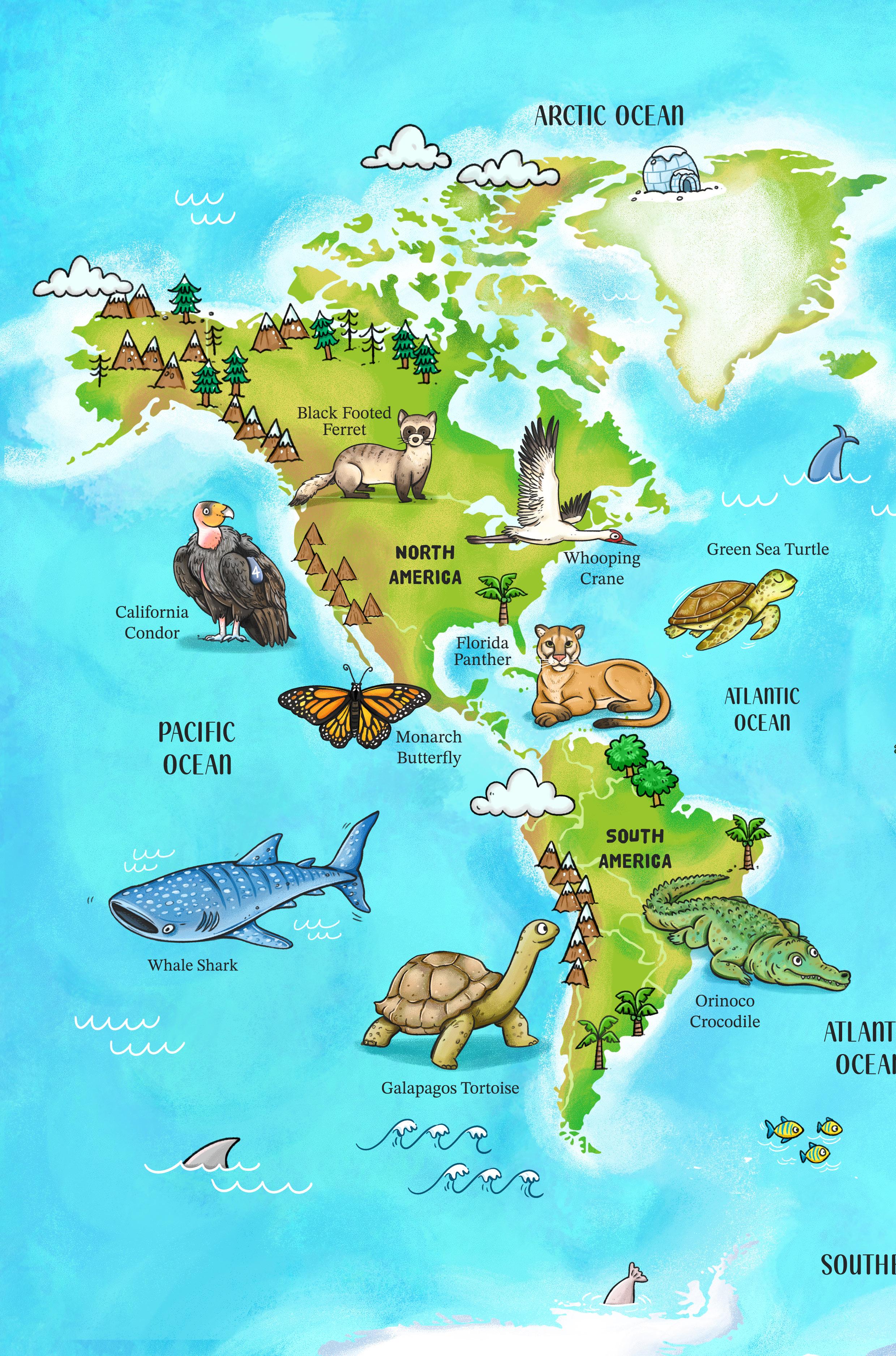
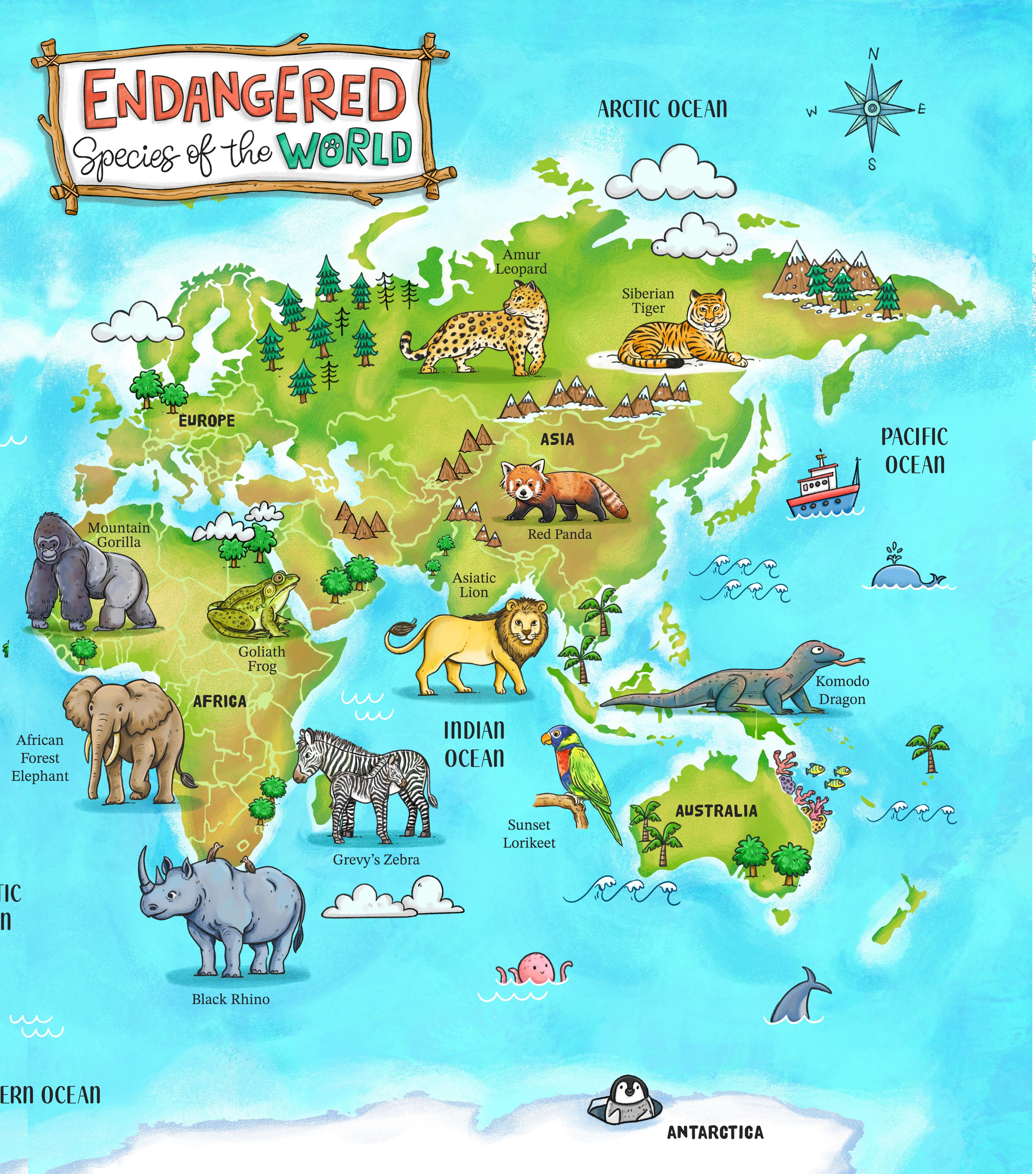
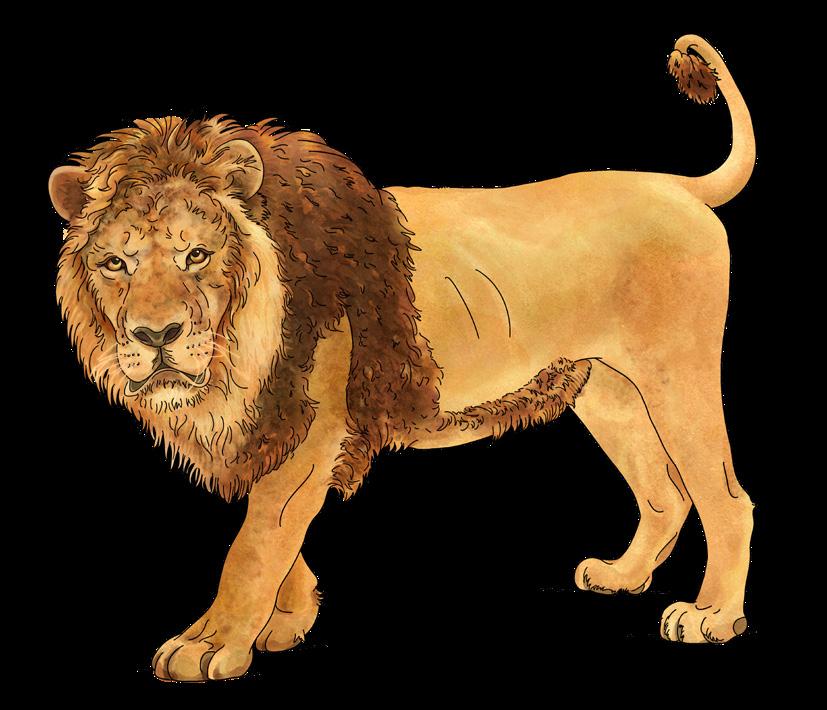
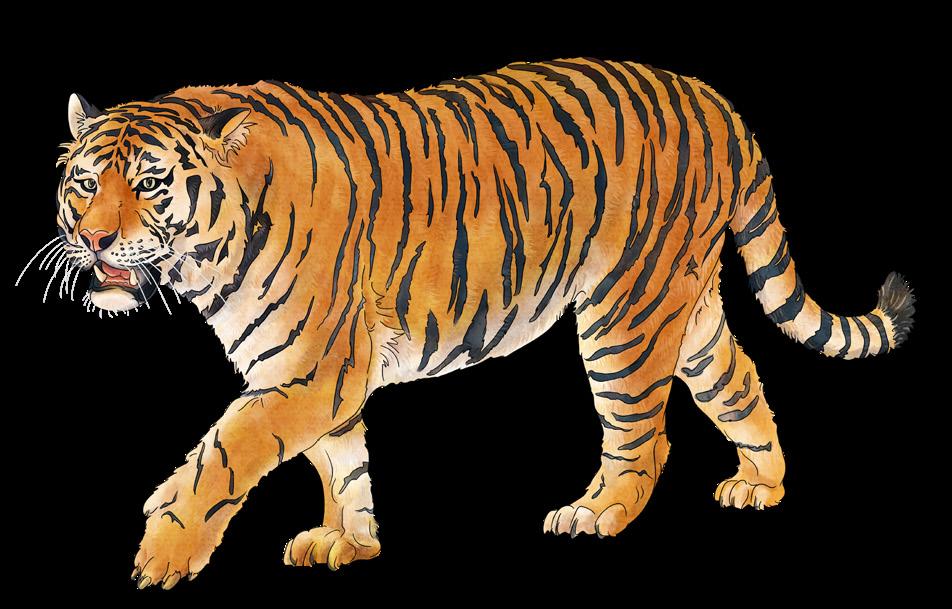
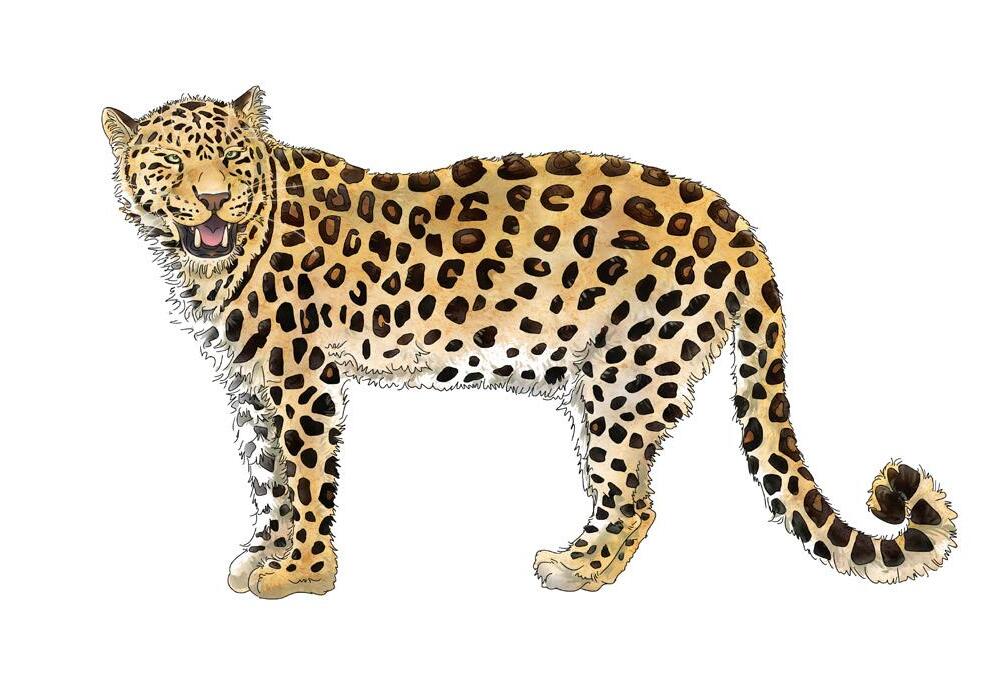
Animals are all around us, from the sky to the sea and to the ground. They maintain the delicate ecosystem of Earth, which helps humans with their lives. However, many of them are in danger of becoming extinct. Some of these majestic creatures that could soon disappear include the Black Rhino, the African Forest Elephant, the Mountain Gorilla, the Red Panda, the Siberian Tiger, the Green Sea Turtle, the Monarch Butterfly, the Sunset Lorikeet, the Komodo Dragon, and the Asiatic Lion. This book “Endangered Animals of the World” will tell about these distinguished animals, what problems they face in the world, and the means upon how they are being protected.
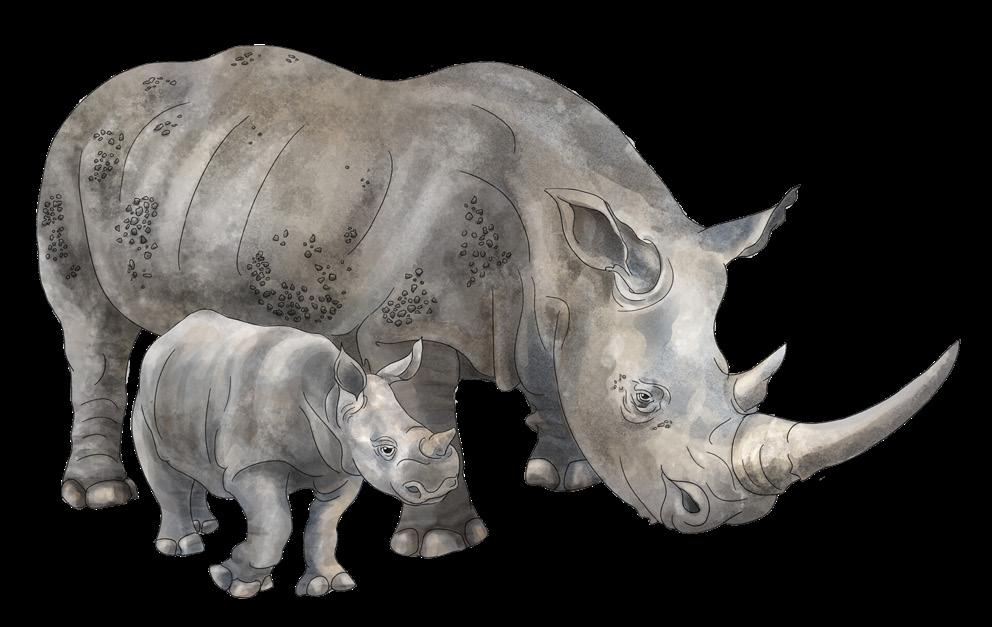
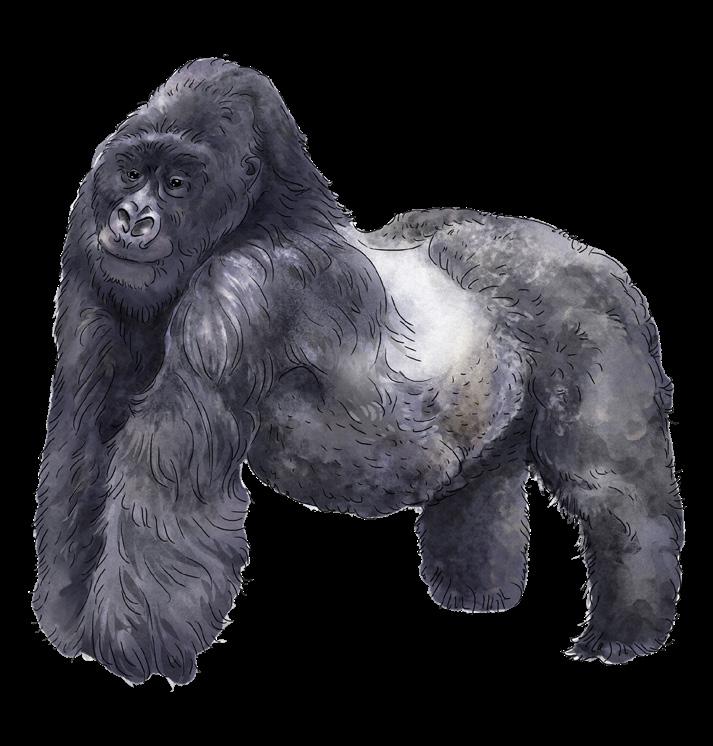
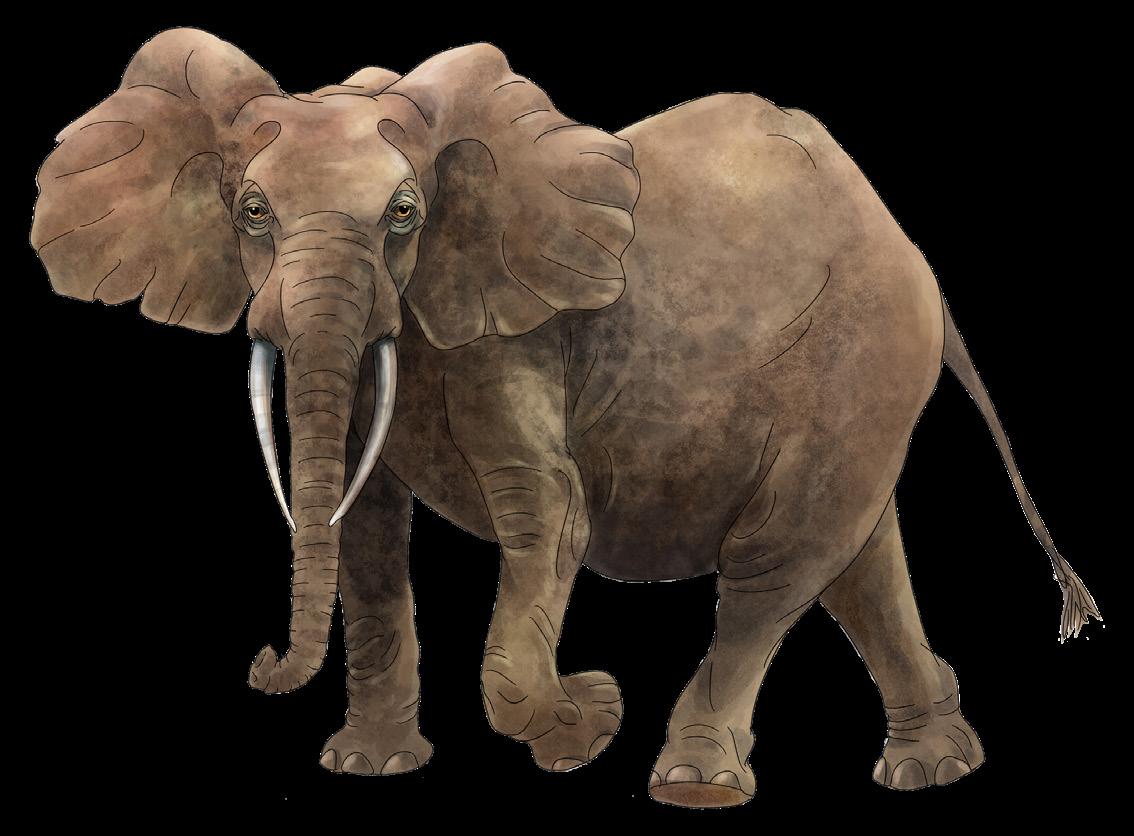
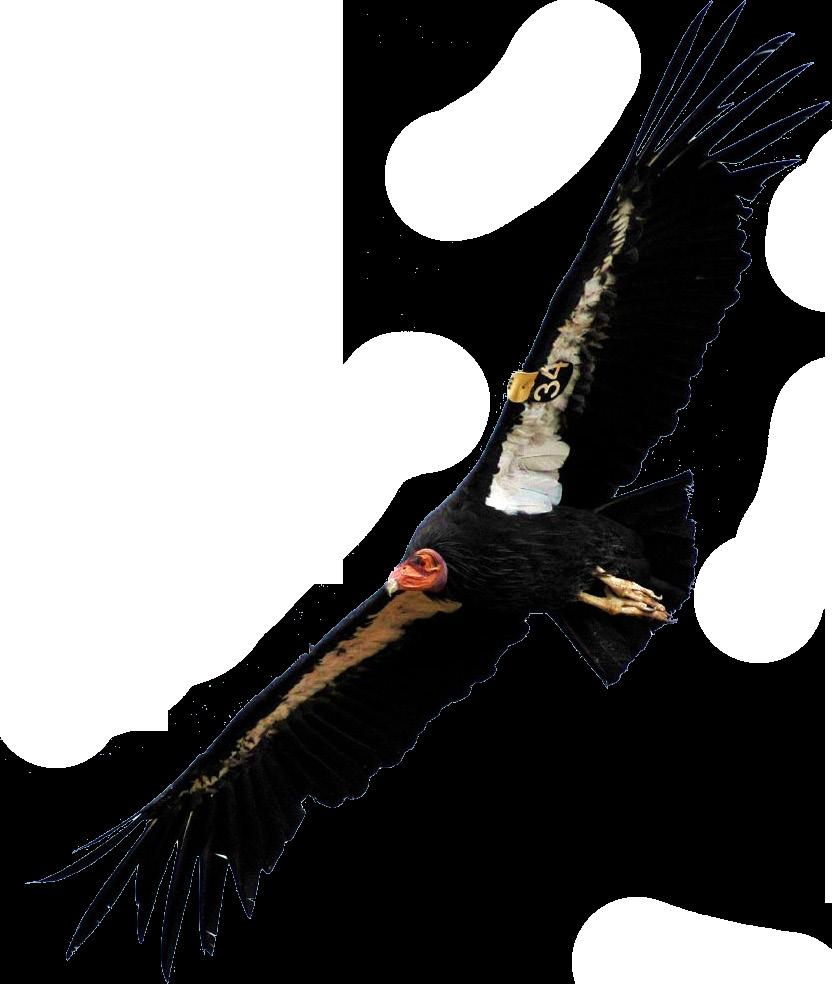
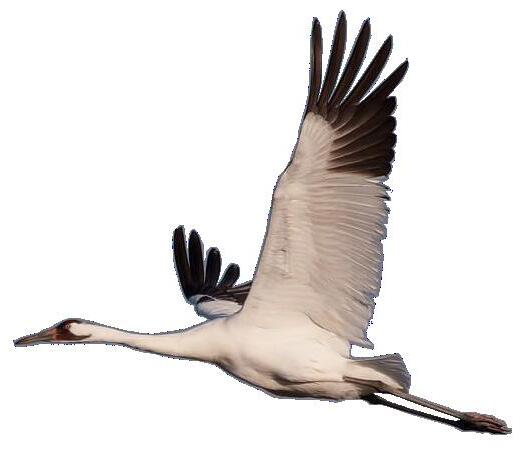
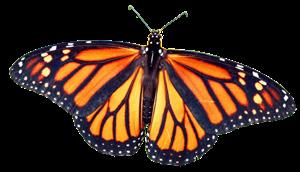
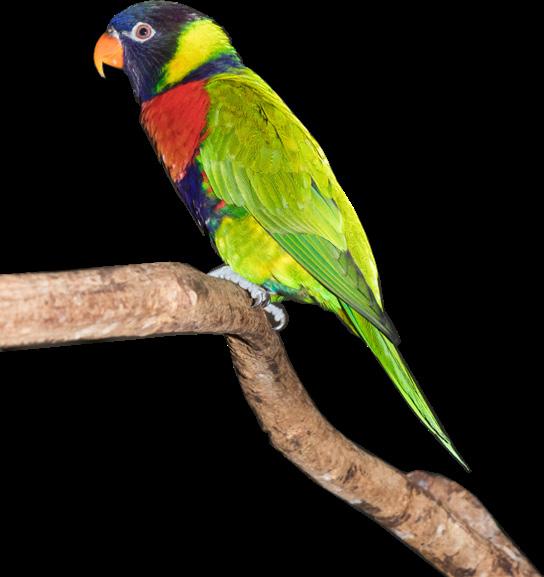
We created this book to raise awareness and encourage people to get involved and to work to prevent the extinction of these animals and the environment that they live in. We encourage you to continue learning and visit your local aquarium or zoo, watch nature documentaries or get to the wildlife in your own community. You can find a list of organizations and more ways to get involved in wildlife conservation in the Resources section of this book.
All of our profits generated by the sale of this book will go to [a 501C3 ORGANIZATION - ?WCS?] whose mission is to save wildlife and wild places worldwide. They achieve this through a combination of science, global conservation efforts, education, and inspiring people to value nature.
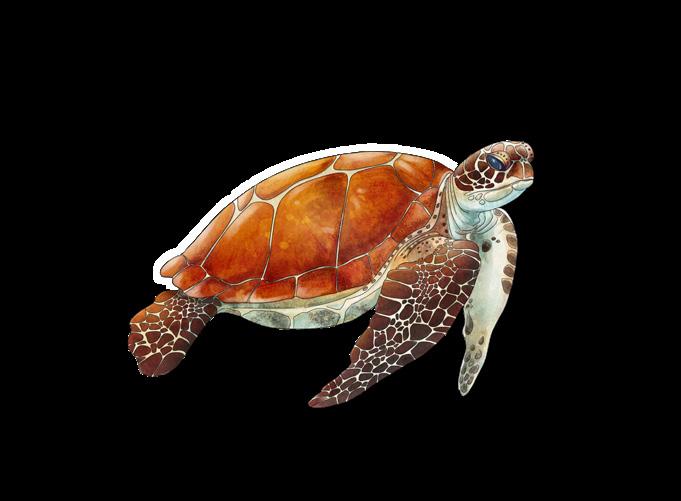
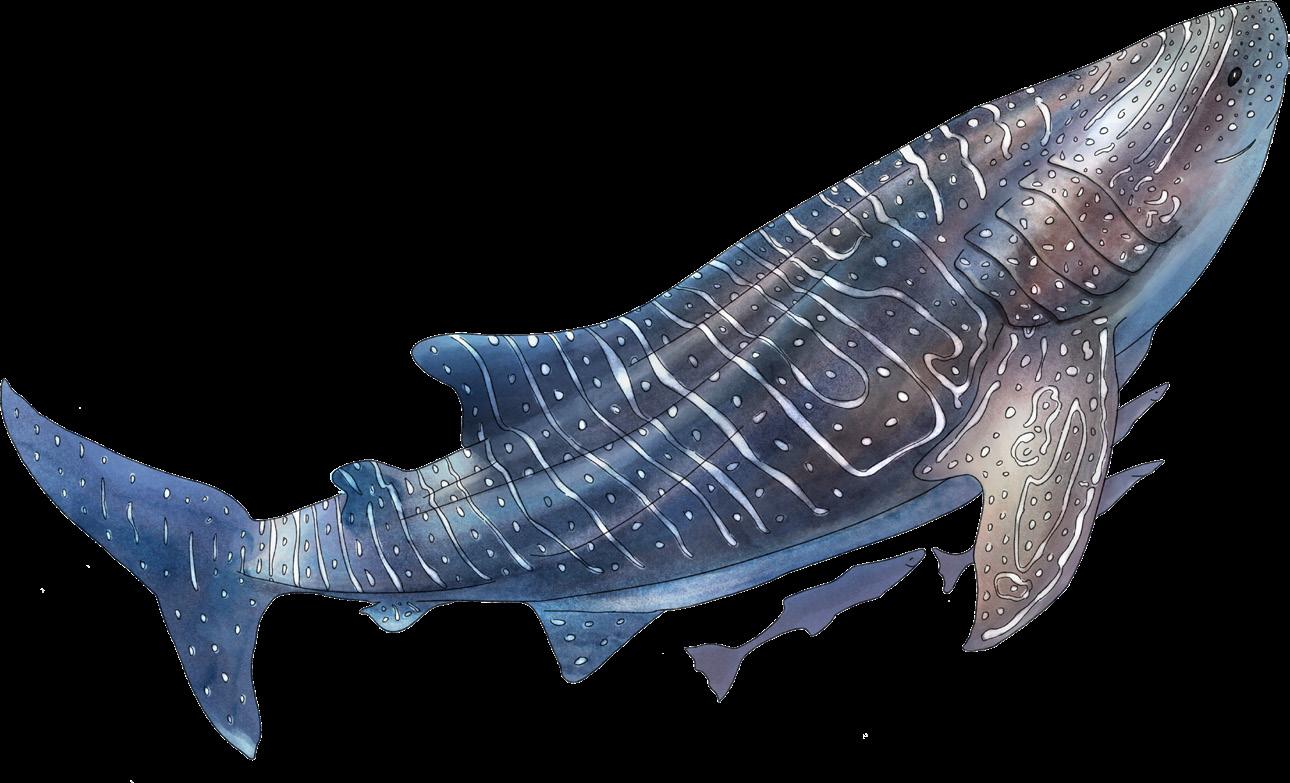
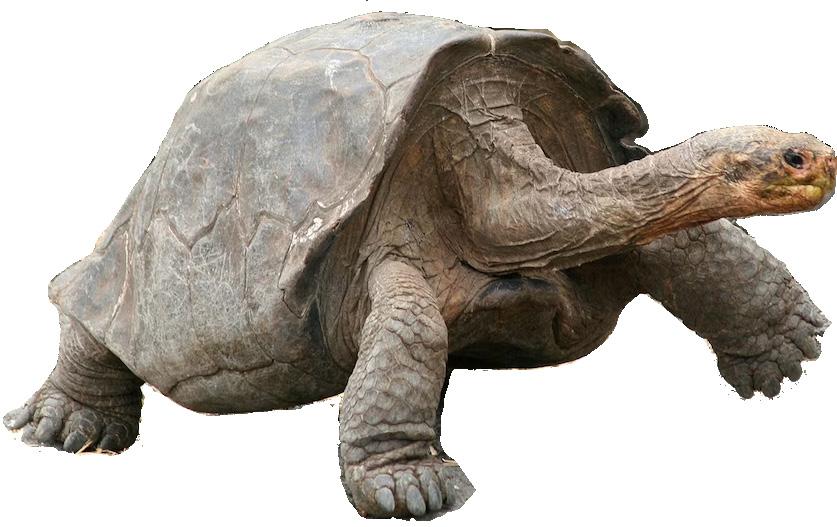
1. Black Rhino
STATUS – Critically Endangered
POPULATION – Almost 6,500
SCIENTIFIC NAME – Diceros bicornis
HEIGHT – 5.2 feet
LENGTH – 10.8 - 12 feet
WEIGHT – 1,760 - 3,080 pounds
HABITATS – Semi-Desert Savannah, Woodlands, Forests, Wetlands
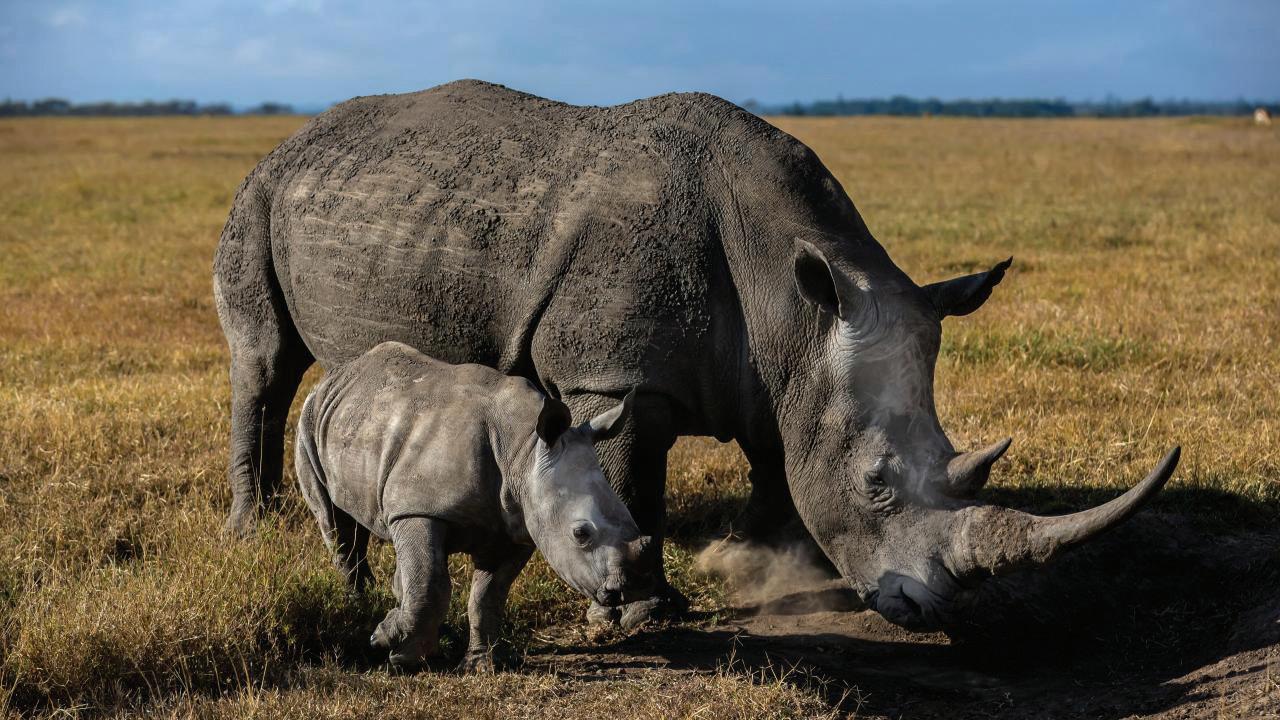
The population of black rhinos declined dramatically in the 20th century at the hands of European hunters and settlers. Between 1960 and 1995, black rhino numbers dropped by a sobering 98%, to less than 2,500 individuals. Since then, the species has made a tremendous comeback from the brink of extinction. Thanks to persistent conservation efforts across Africa, black rhino numbers have doubled from their historic low 20 years ago to more than 6,000 today. However, the black rhino is still considered critically endangered, and a lot of work remains to bring their population up to even a fraction of what it once was—and to ensure that it stays there. Wildlife crime—in this case, poaching of rhinos for the illegal international market for their horns—continues to plague the species and threaten its recovery.
For more information, go to www.rhinos.org
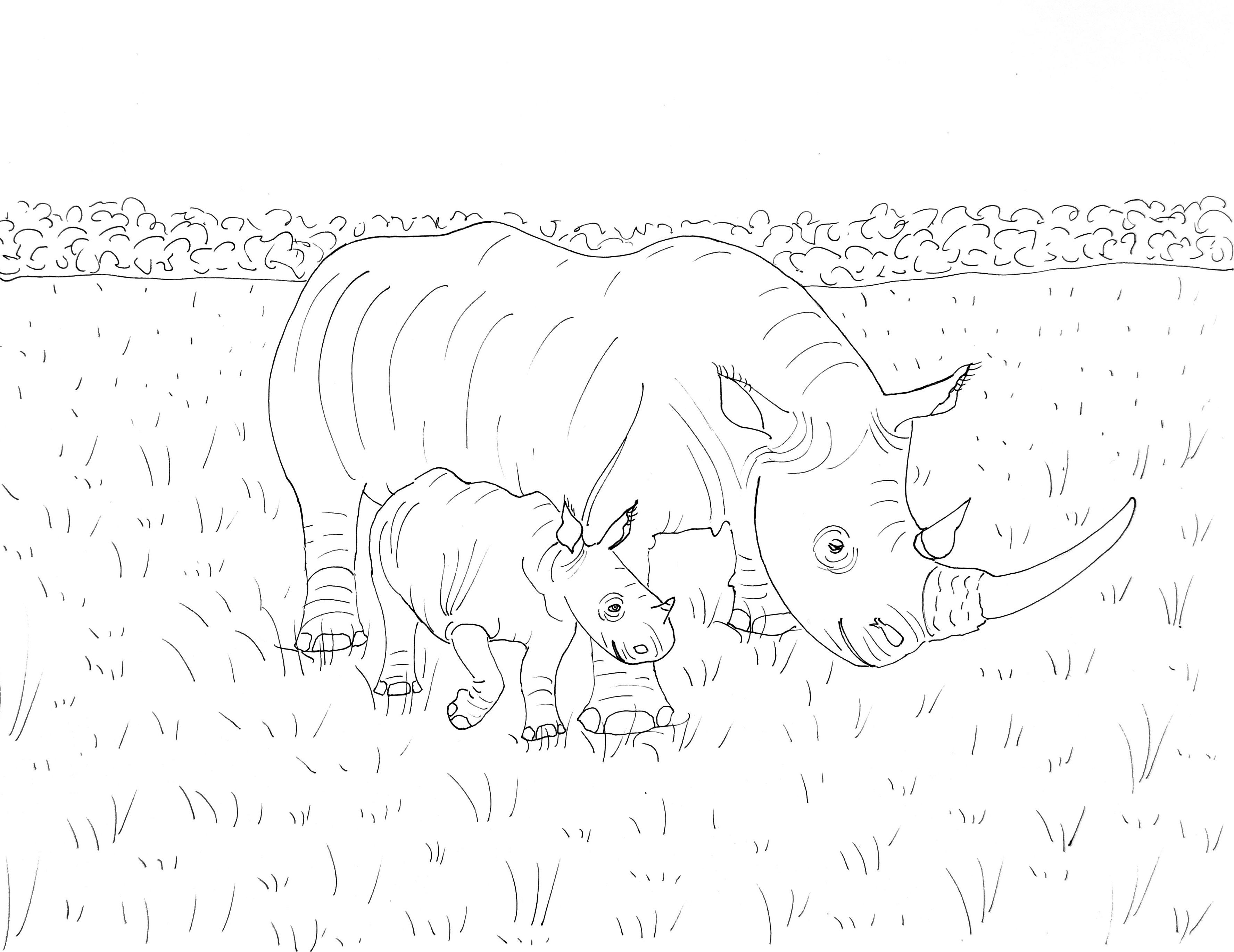
2. Siberian Tiger
STATUS – Endangered
POPULATION – Under 600
SCIENTIFIC NAME – Panthera tigris tigris
HEIGHT – 3 - 3.5 feet
LENGTH – 5.6 - 6.8 feet
WEIGHT – Up to 660 pounds
HABITATS – Mountains, Forest
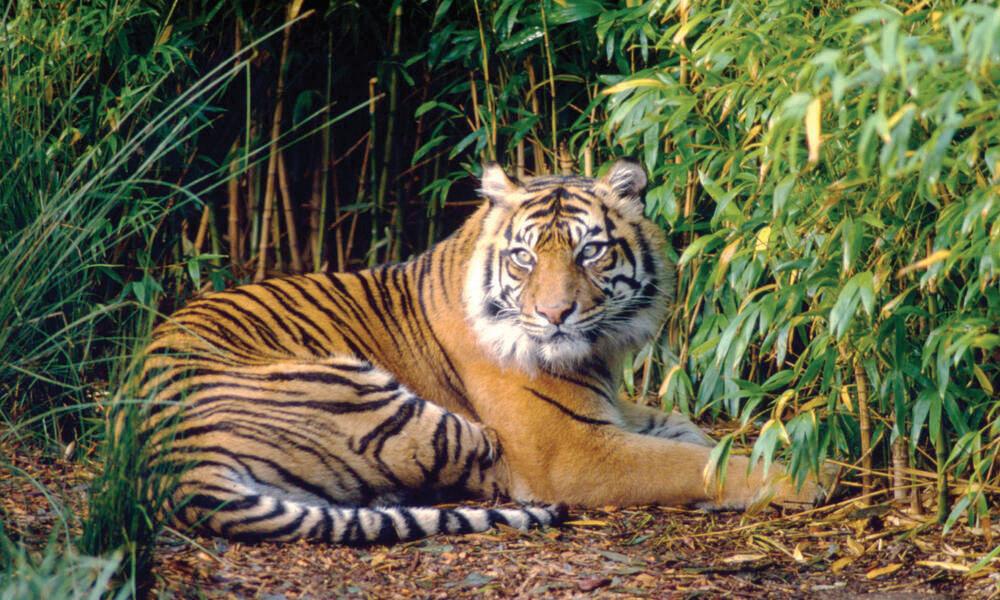
Considered to be the world’s largest tiger, the Siberian tiger once roamed the icy tundras and steppes of China, Russia, Mongolia, and the Korean Peninsula. Sadly, their population has drastically plummeted over the years due to both intense poaching efforts and logging decimating their once massive habitats. However, it was way worse as during the 1940’s as there were less than 50 of these big cats in the wild. But thanks to Russia banning the practice of hunting tigers in 1947, as well as their subsequent care by zoos throughout the world, their population has steadily increased to its current level of 600. While there is still the danger of these magnificent felines disappearing from the world, the fate of the Siberian Tiger is in good hands, as zoos across North America have maintained programs to preserve their survival.
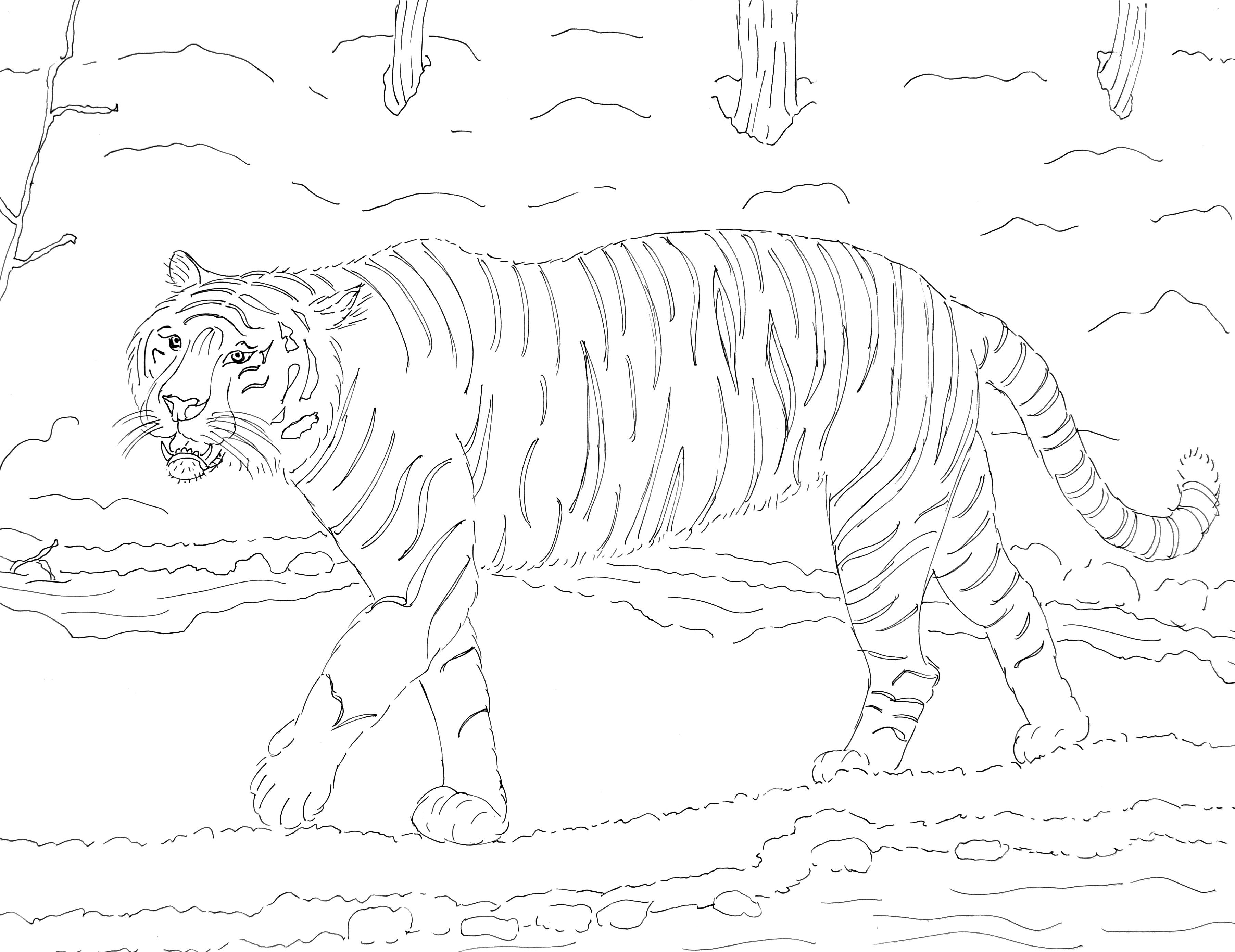
3. Mountain Gorilla
STATUS – Endangered
POPULATION – Around 1,000
SCIENTIFIC NAME – Gorilla Beringei beringei
HEIGHT – 5 - 6 feet
LENGTH – 3 - 4.2 feet
WEIGHT – 200 - 450 pounds
HABITATS – Mountains, Bamboo forests
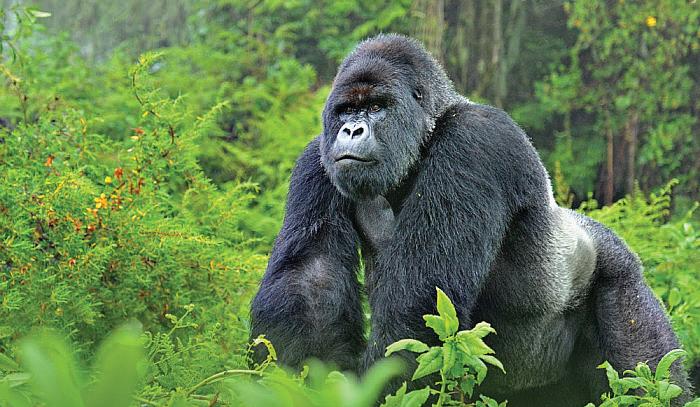
One of the world’s largest primates, the Mountain Gorilla is a very tranquil and sociable creature that shares much of its genetics with humans. However, it is this closeness to humans that puts these primates in such grave danger. While the usual suspects of poaching and habitat loss have each played a major role in the devastation of the Mountain Gorilla population, other factors have had a cataclysmic effect upon these apes, like being in the crossfires of major African wars, their inability to resist diseases of all kinds, and the encroachment of their habitats by humans. Thankfully, nearly all of the surviving Mountain Gorillas live in pristine national parks within Central Africa, so that contact with humans is minimal.
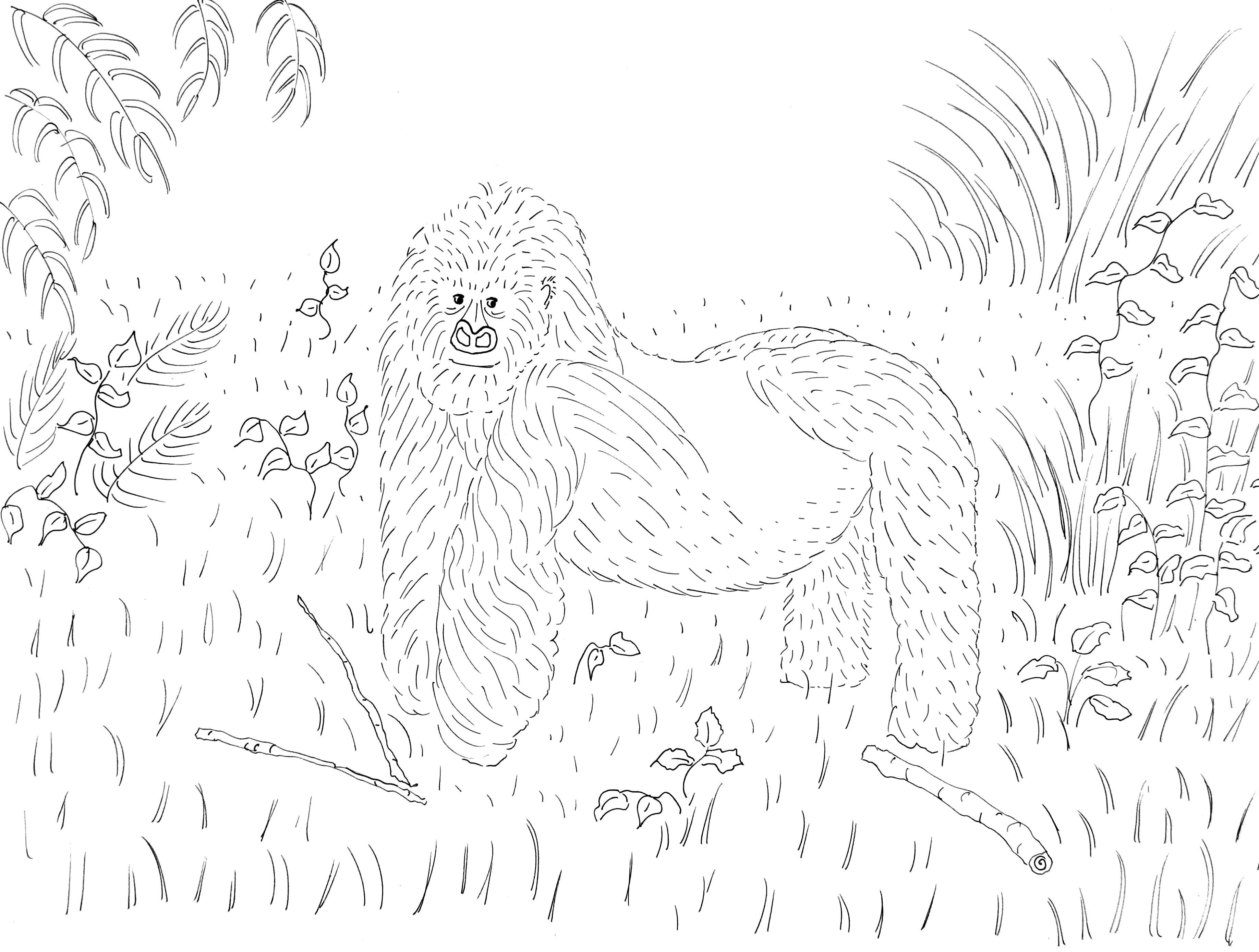
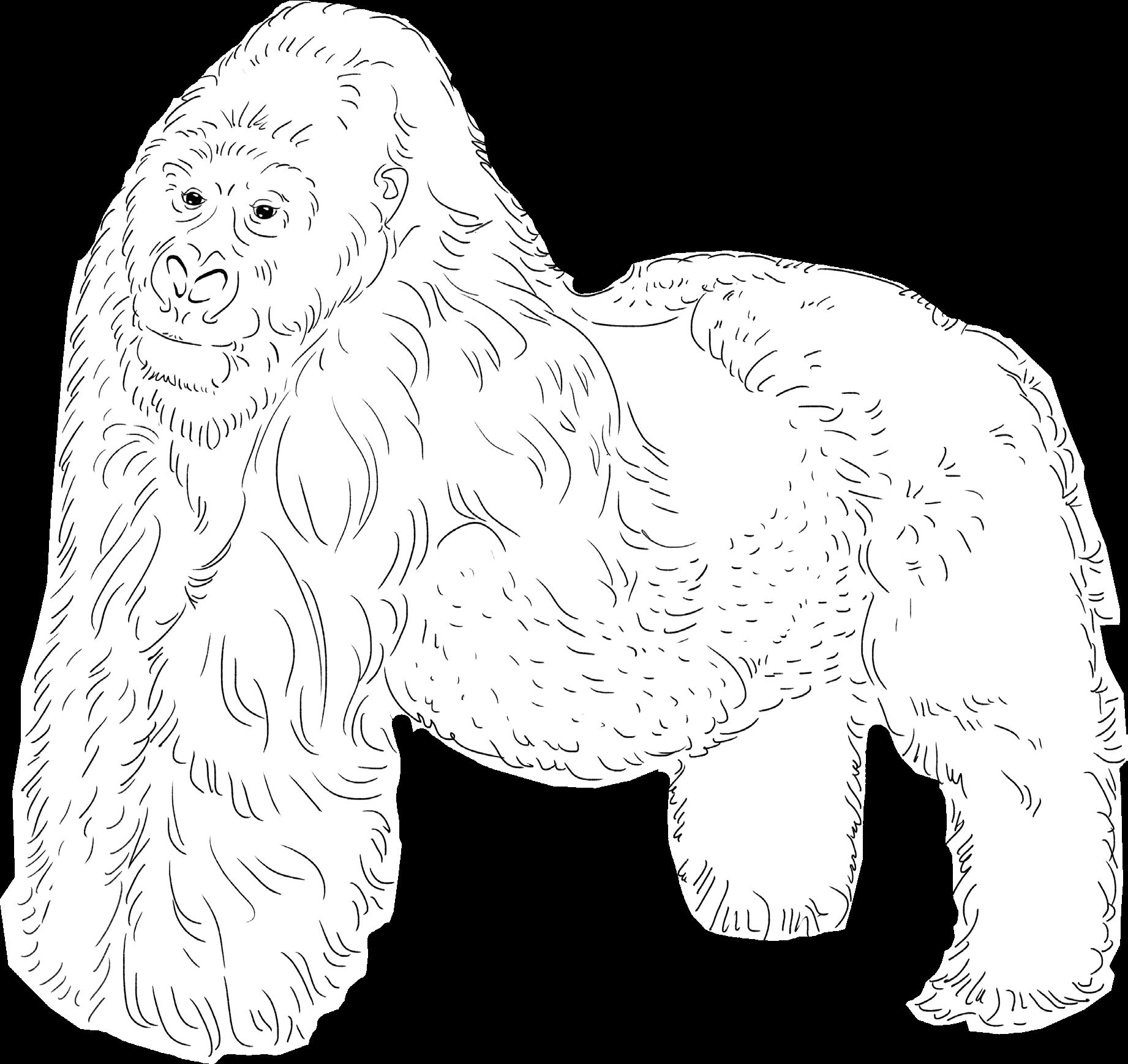
5. African Forest Elephant
STATUS – Critically endangered
POPULATION – Under 30,000
SCIENTIFIC NAME – Loxodonta cyclotis
HEIGHT – 7.8 feet
LENGTH – 7 - 10 feet
WEIGHT – 30,000 pounds
HABITATS – Rainforests, Savannahs, Mountains
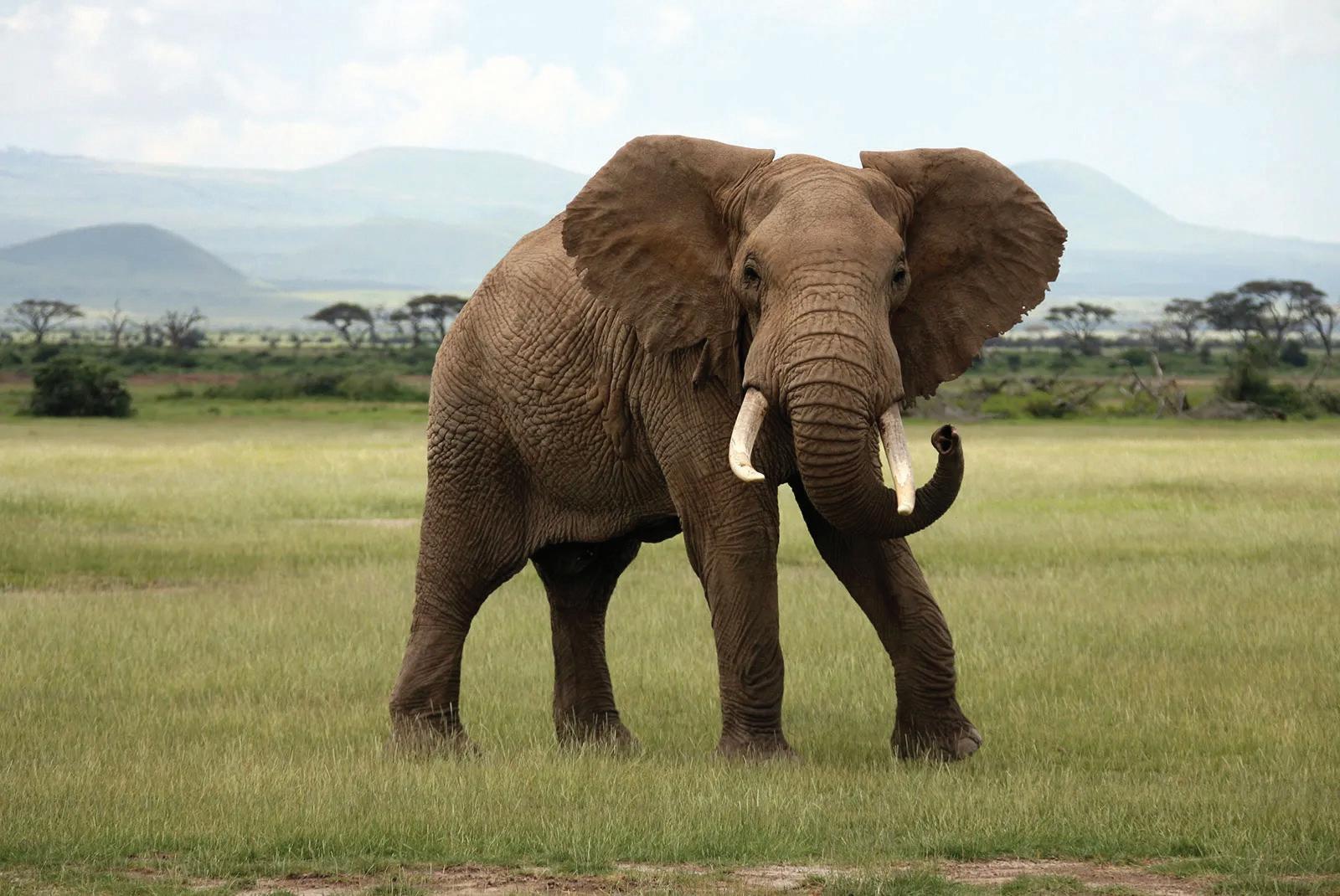
The African Forest Elephant looms large over the landscape through their sheer size and their massive role in caretaking the terrain. Considered to be “gardeners of the forest”, they help to disperse plant species and regenerate the forest through their digestion of acacia pods and fruit seeds. Nevertheless, their occupation has been threatened by hunters and loggers. The forest elephant population has declined by roughly 95% in the past 100 years. As a result, poaching has risen to all-time highs. Around 50% of all surviving forest elephants living in the relatively unforrested country of Gabon. Thankfully, organizations like Global Conservation have stepped up in their efforts to save this valuable creature through their vigilant protection in warding off illegal poaching and logging.
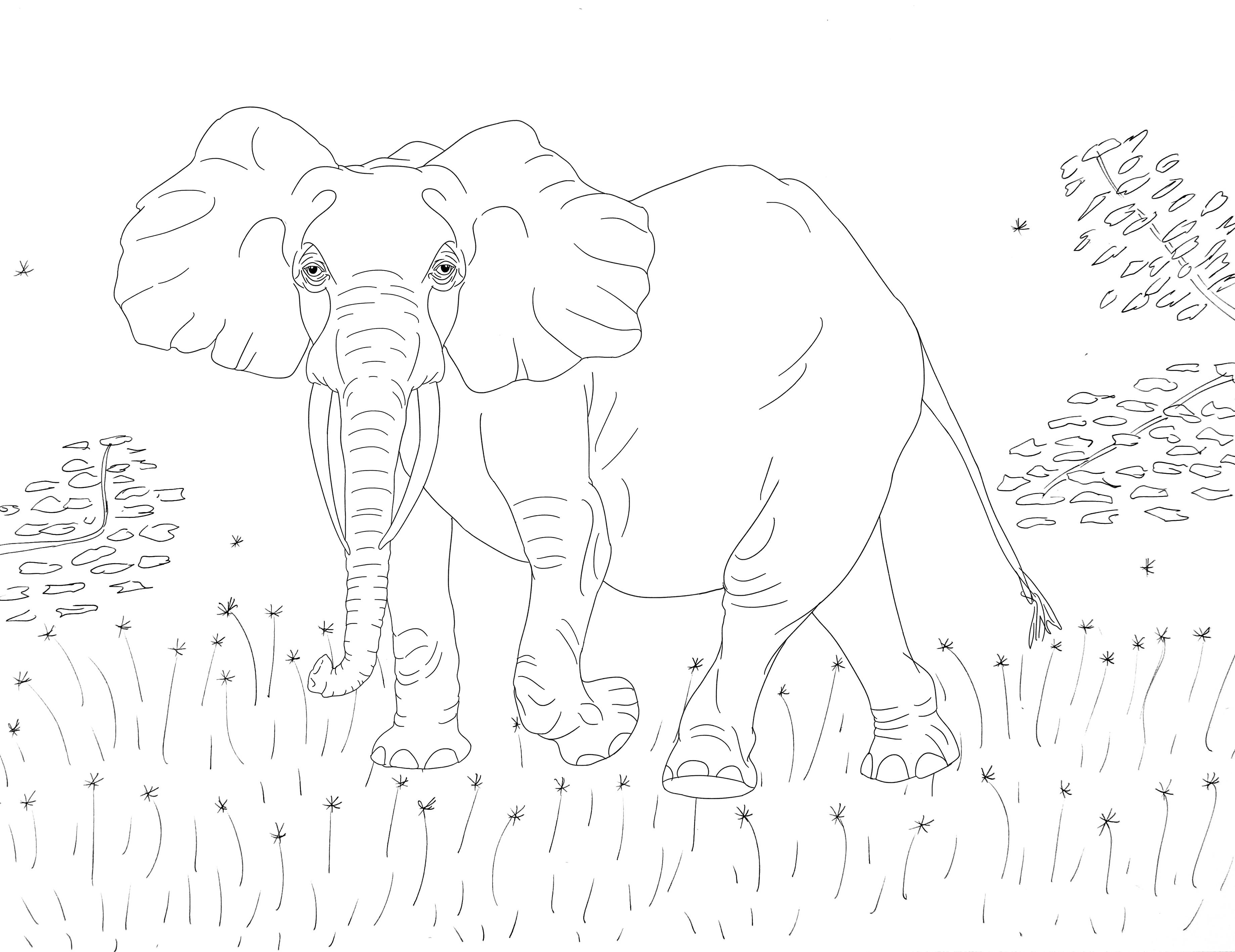
6. Red Panda
STATUS - Endangered
POPULATION - Under 10,000
SCIENTIFIC NAME - Aliurus fulgerus
HEIGHT - 11 - 13.4 inches
WEIGHT - 8 - 17 pounds
HABITATS - Mountains, Forests
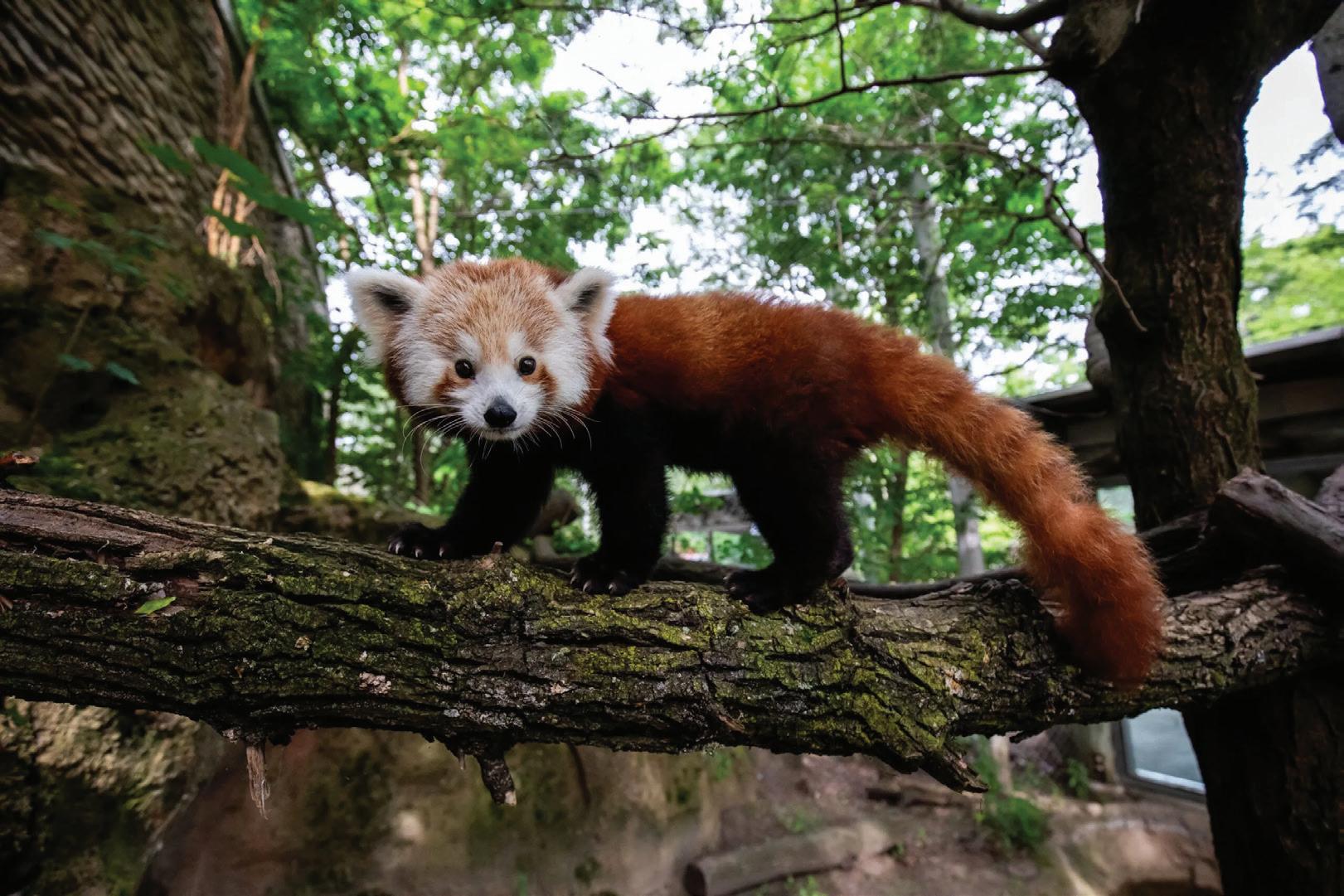
While not related to the giant panda, the red panda has made its mark through its cute and cuddly nature as well as its good luck properties. However, that luck may be running out soon, as it faces a multitude of terrible threats to its livelihood. Though the standard hazards of habitat loss, poaching, and human encroachment plague the red panda, it is also affected by some uniquely symbiotic pitfalls. Rapid man-made climate change decimates their lush native habitats, while the invisible scourge of diseases makes it hard to find effective countermeasures. All of these menacing elements lead to the fragmentation of the red panda population, which in turn makes them more likely to become extinct. Hopefully, the red panda can be saved from further destruction.
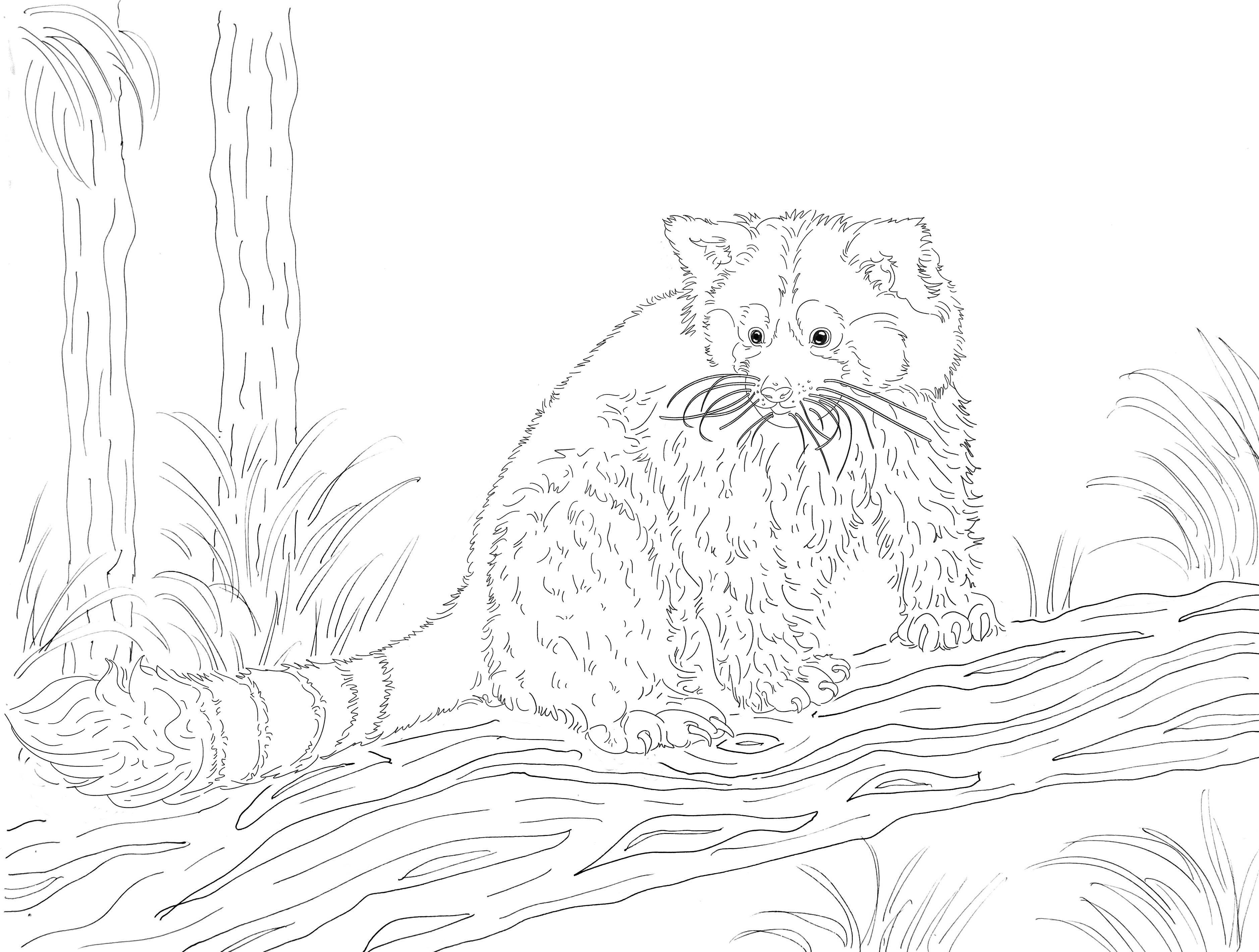
7. Green Sea Turtle
STATUS – Endangered
POPULATION – Under 500,000
SCIENTIFIC NAME – Chelonia mydas
HEIGHT – 1.2 - 1.5 feet
LENGTH – 3 - 4 feet
WEIGHT – 250 - 400 pounds
HABITATS – Tropical and subtropical waters

The largest hard-shell sea turtle, the green sea turtle is unique in that they are herbivores, as they eat mostly seagrass and algae. Regretfully, these gentle green giants face a plethora of threats to their well-being. These difficult issues include fishing (both directly and indirectly from being caught in nets), marine pollution, diseases, habitat loss, destruction of their nesting grounds, and climate change. However, as they live in most of the world’s warm waters, it is the role of prominent nations like the United States, Brazil, China, and Australia to protect these serene sea creatures from impending doom. Otherwise, this symbol of aquatic tranquility will be forever lost to an untimely demise fueled by greed and carelessness.
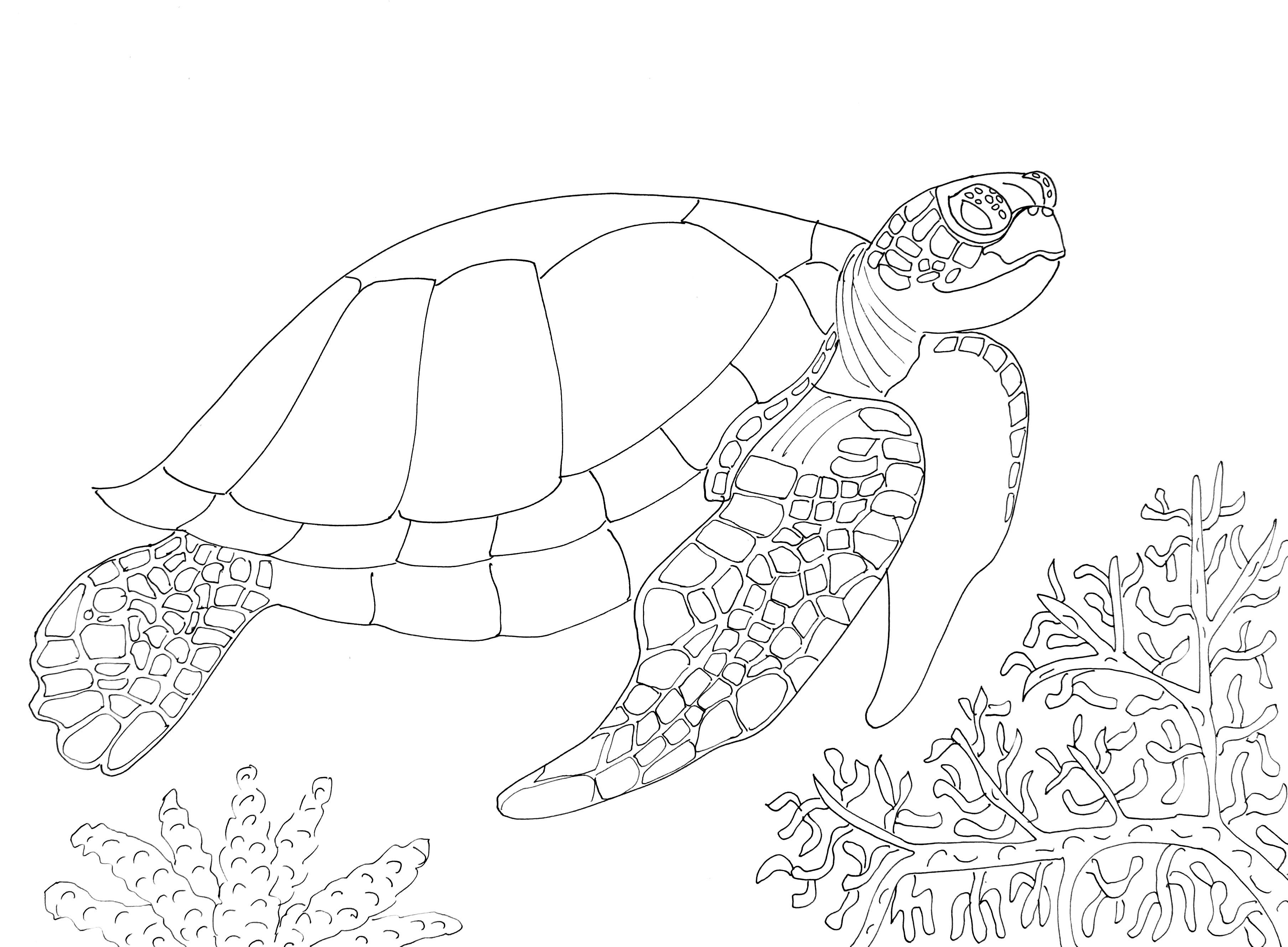
8. Sunset Lorikeet
STATUS – Endangered
POPULATION – 1,600 - 7,000
SCIENTIFIC NAME – Trichoglossus forsteni
HEIGHT – 9 inches
LENGTH – 10 - 12 inches
WEIGHT – 95 grams
HABITATS – Forests
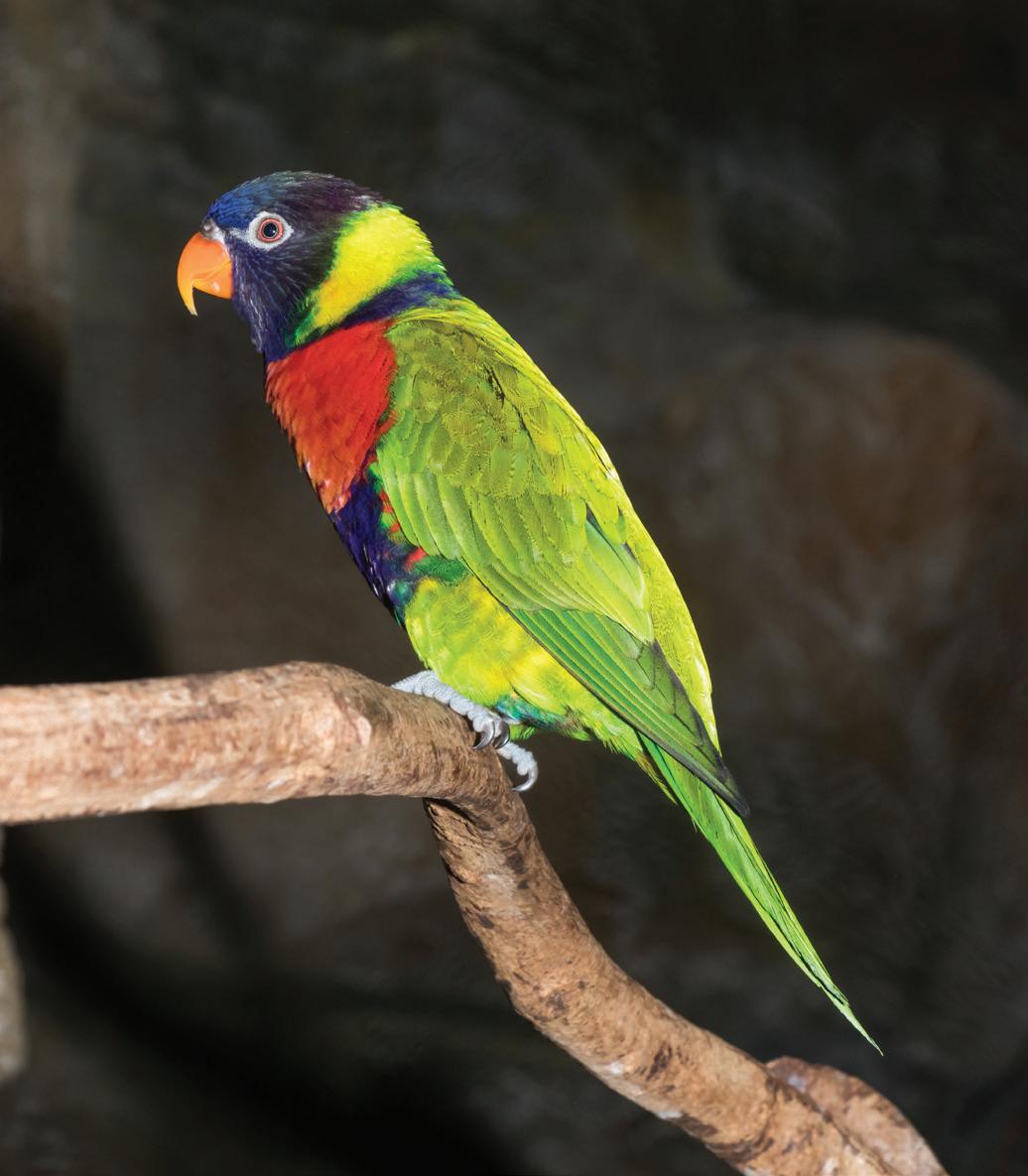
Brimming with vivid colors, the Sunset Lorikeet is recognized for its screeches. Yet their kaleidoscopic visage makes them ever so enticing for people to get their hands upon them. This illegal wild bird trade has obliterated the sunset lorikeet population, alongside other aspects like habitat loss and the introduction of invasive species like rats and snakes. Additionally, they only live in the country of Indonesia, specifically on the islands of Bali, Lombok, Tanah Jampea, and Kalaotoa, which makes their chances of survival even more dire. At the same time, sunset lorikeets have a relatively long lifespan of up to thirty years, meaning that with the proper time and care, they could survive or even thrive under the harshest conditions.
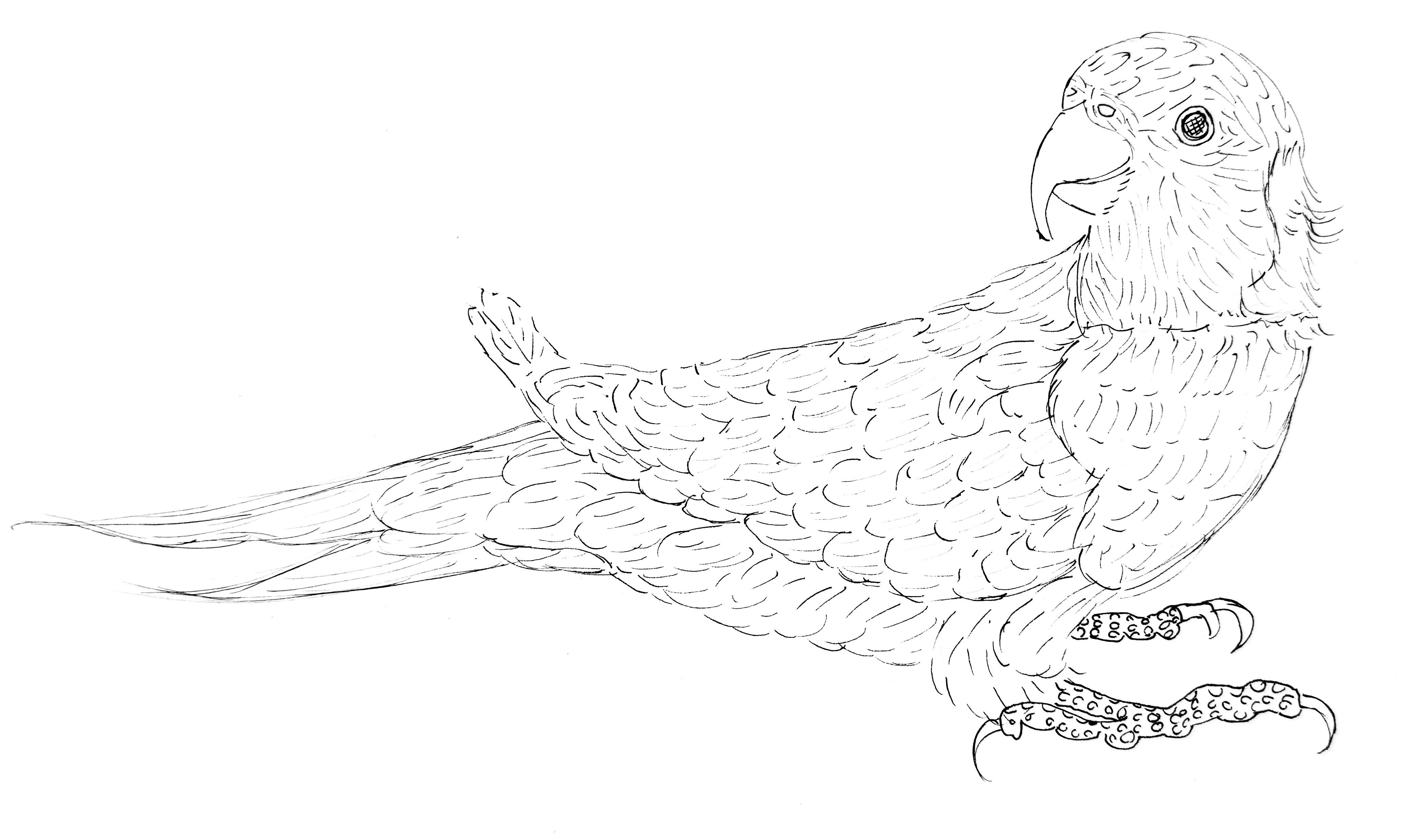
10. Whale Shark
STATUS – Endangered
POPULATION – 130,000 - 200,00
SCIENTIFIC NAME – Rhincodon tyrus
HEIGHT – 12 feet
LENGTH – 18 - 60 feet
WEIGHT – 150 - 200 pounds
HABITATS – Warm waters
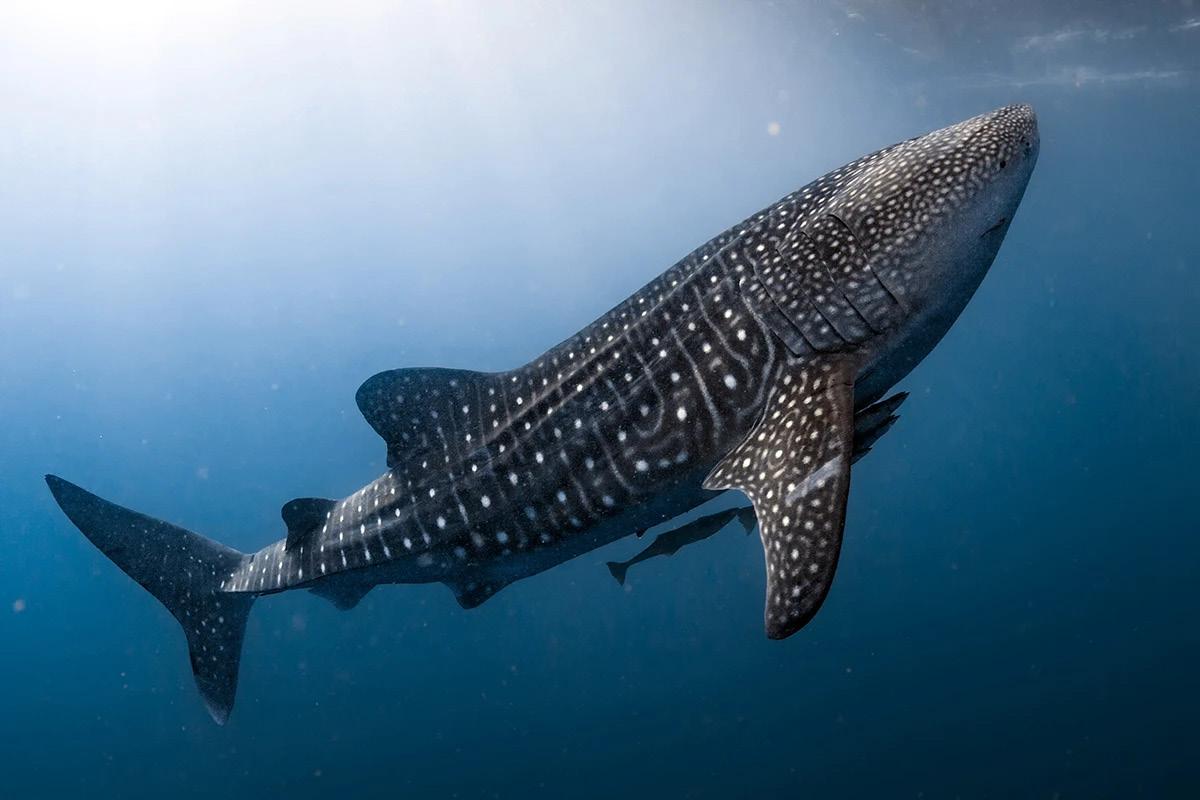
Patrolling the warm waters across the globe, the Whale Shark is the largest species of sharks in the world. Unfortunately, their massive scale has made them an even bigger target for multiple threats. These major problems include improper fishing, habitat loss, climate change, and being struck by seafaring vessels. Especially egregious is how climate change has permanently altered their homelands, and in turn forced them to move to cooler regions in new waters. This migration has led to Whale Sharks interacting more often with humans, and thus more likely to get maimed or even die. Thankfully, organizations like the International Fund for Animal Welfare have made it their mission to protect them and led them towards a brighter future.
Attached to the whale shark are Remoras - a species of fish that have a sucker that clings onto sharks or whales. They have a symbiotic relationship. In exchange for cleaning up parasites growing on the whale shark’s skin, the remora gets a free ride, protection from predators, and easy access to food from the scraps their host eats.
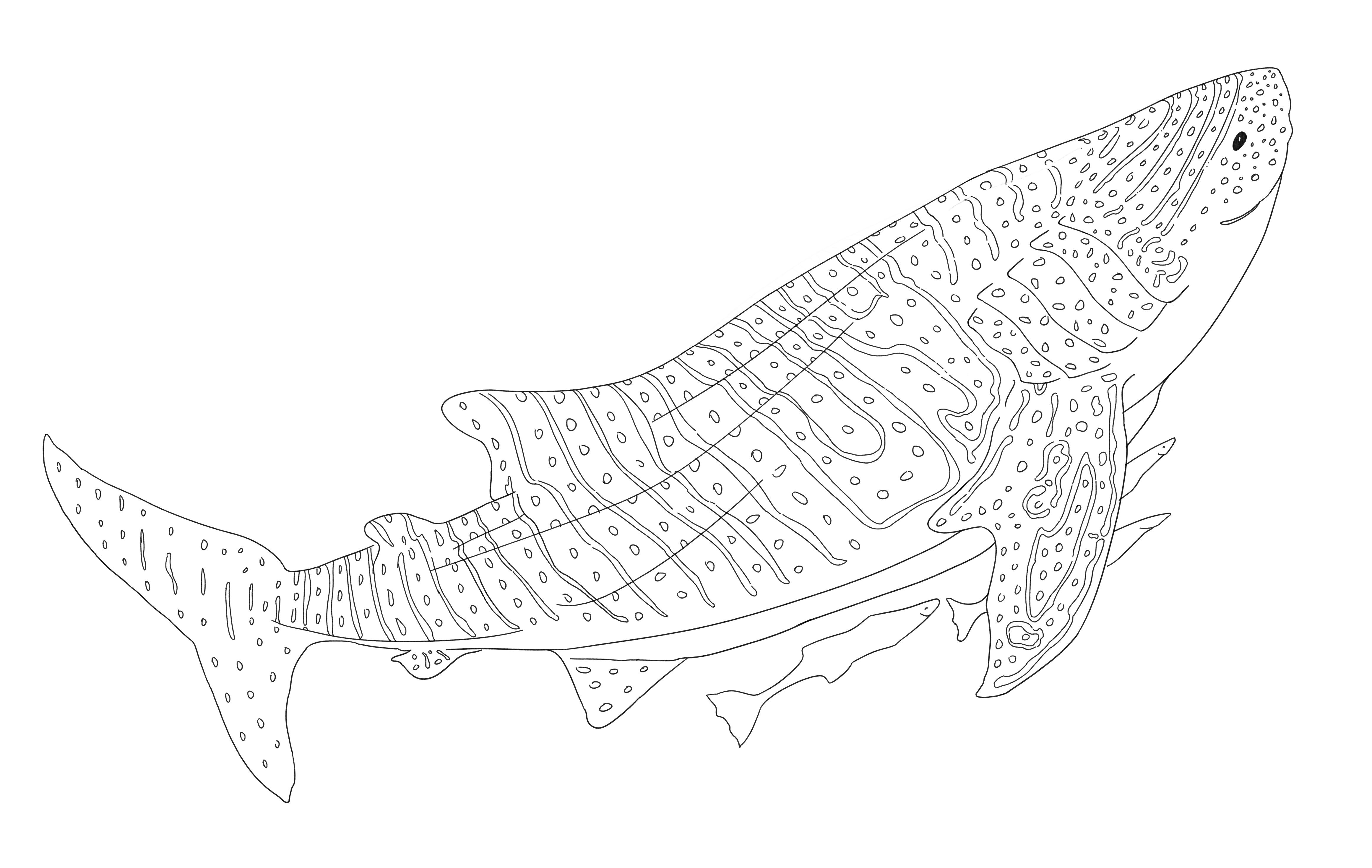
12. Asiatic Lion
STATUS – Endangered
POPULATION – 700
SCIENTIFIC NAME – Panthera leo persica
HEIGHT – 2.6 - 4 feet
LENGTH – 4.6 - 8.2 feet
WEIGHT – 240 - 420 pounds
HABITATS – Grasslands, Forests
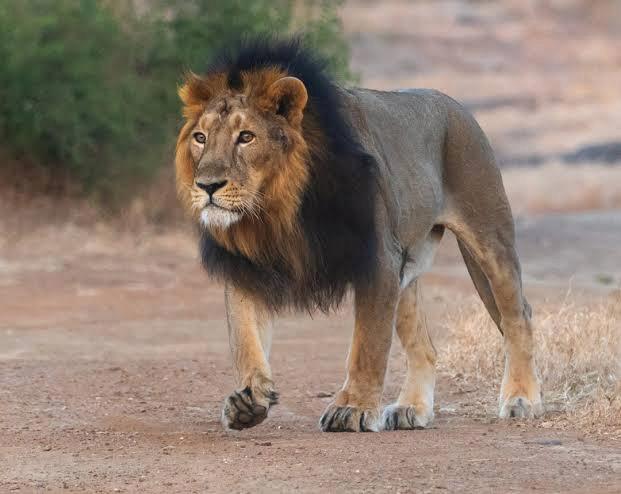
The Asiatic Lion is the only lion naturally found outside of Africa. Unfortunately, that isolation have made them a magnet for danger at every corner. While mainstays like poaching, habitat loss, and diseases heavily affect these kings of the Asian Jungle, Asiatic Lions are also threatened by more unique conditions, both man-made and natural. Large forest fires destroy their habitats in droves. Humans, however, do the most damage to these regal beasts. Their need to expand and feed themselves has led to the further segregation of lion prides, tremendous conflicts, major injures, and even death. Nevertheless, organizations like the London Zoo have done a terrific job in keeping these proud creatures safe and sound for generations to come.
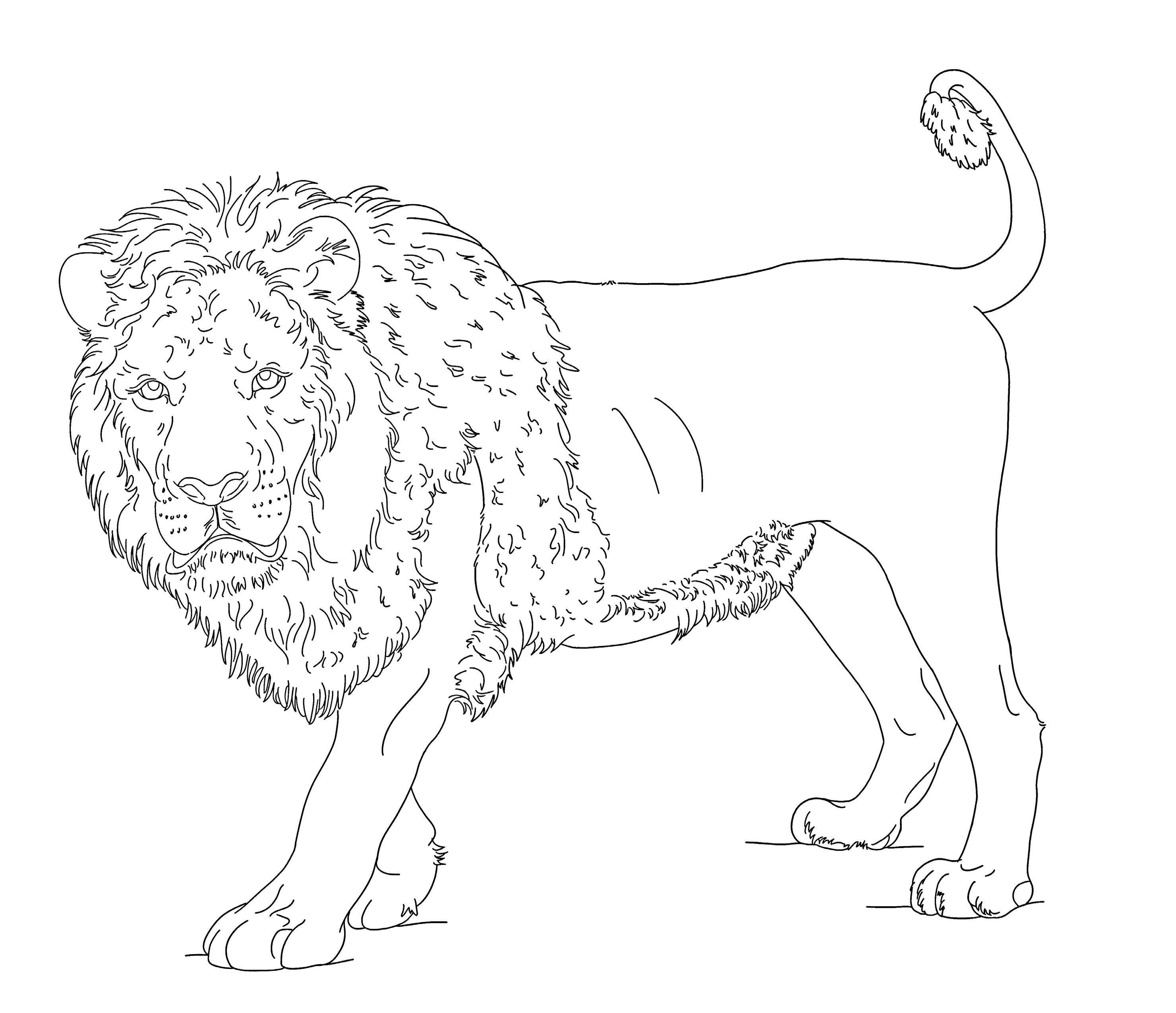
17. Amur Leopard
STATUS – Critically endangered
POPULATION – 100
SCIENTIFIC NAME – Panthera pardus orientalis
HEIGHT – 2.1 - 2.6 feet
LENGTH – 3.5 - 4.5 feet
WEIGHT – 55 - 110 pounds
HABITATS – Temperate forests
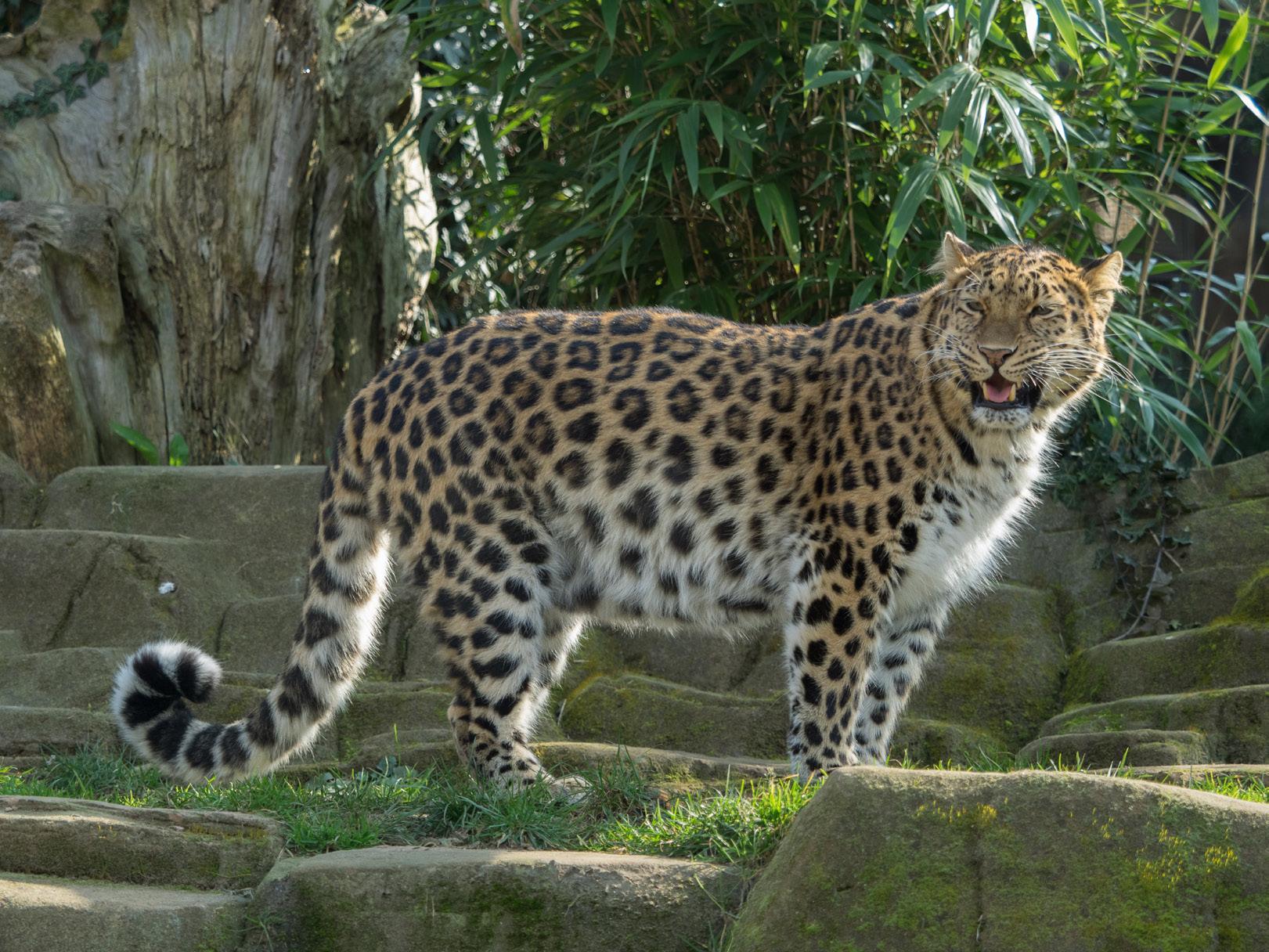
Prowling around the eastern edges of Siberia, the Amur Leopard is the world’s rarest big cat. That rarity comes from a diversity of components. These terrible elements include habitat loss, poaching, diseases, inbreeding, and climate change. The disease that some of them suffer from is incredibly terrifying, as the canine distemper virus devastates the population by causing severe neurological issues, infecting the respiratory system, creating problems with their digestive tracts, and even leading to their deaths. Thankfully, vaccination efforts helps to blunt the spread of the disease among the Amur Leopard. Most importantly, collaboration between Russia and China has kept their population at a stable level, signifying how fauna can lead to productive alliances.
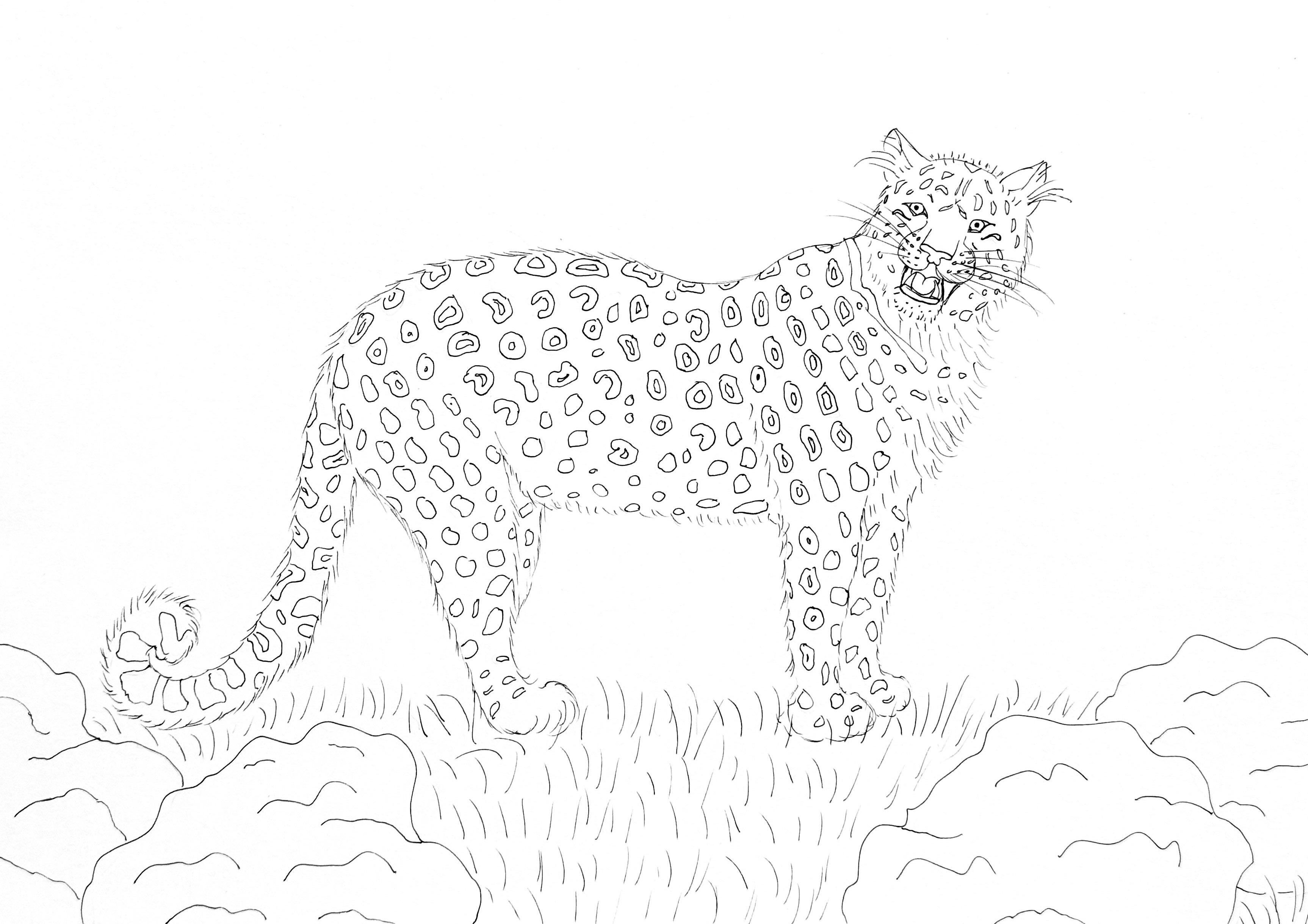
18. Grevy’s Zebra
STATUS – Endangered POPULATION – 3000
SCIENTIFIC NAME – Equus grevyi
HEIGHT – 4.8 - 5.3 feet
LENGTH – 8.2 - 9.8 feet
WEIGHT – 770 - 990 pounds
HABITATS – Semi-arid Grasslands, Scrublands
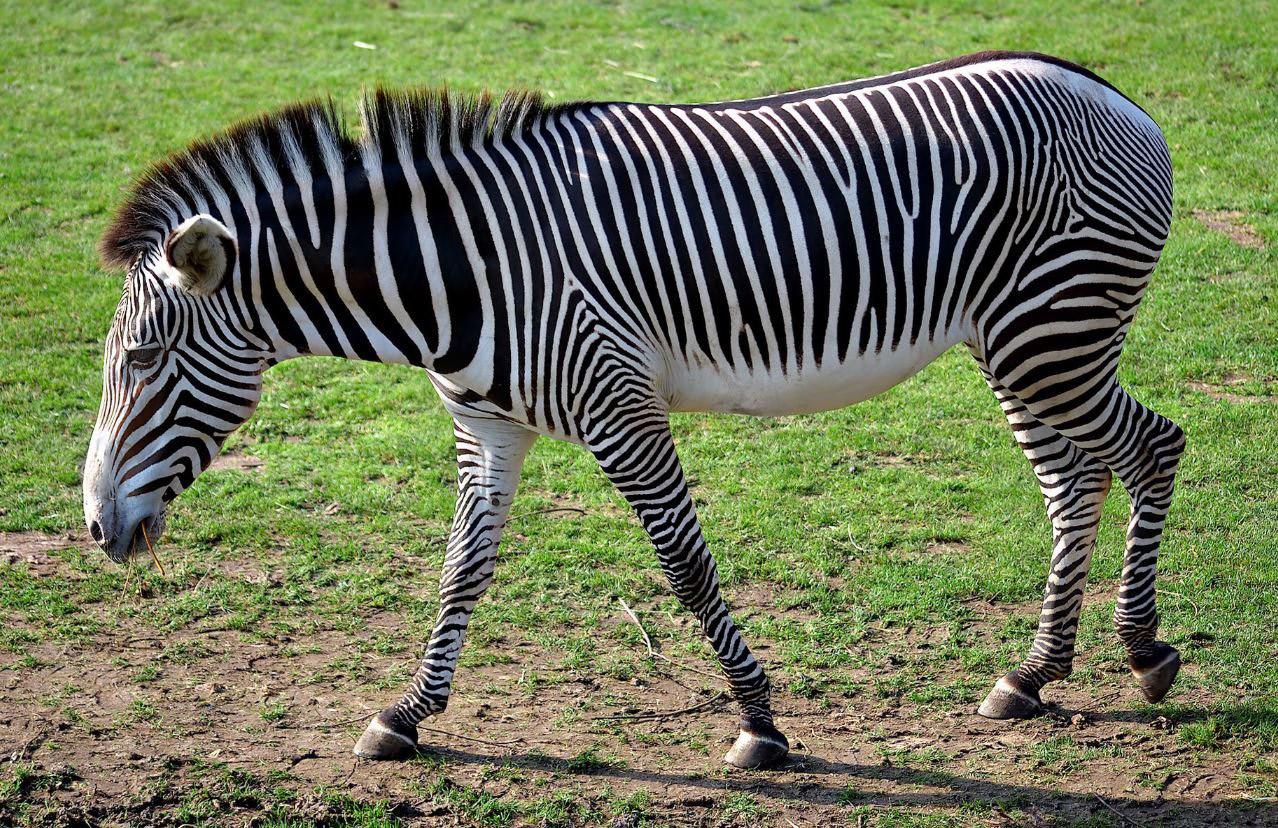
Galloping around the Horn of Africa, the Grevy’s Zebra is the largest living species of wild equid (coming from the family of horse). However, their vast proportions have made them prone to plenty of perils. Some of these horrific hazards include habitat loss, competition from livestock, human involvement, diseases, droughts, and poaching. Dealing with livestock is especially a hassle for them since they consume tons of valuable resources, which makes it much harder for the Grevy’s Zebra to survive. Thankfully, some terrific tactics have helped the Grevy’s Zebra’s chances of survival – which includes communal conservation, habitat restoration, water management, and technological advances. Altogether, these actions have made life much easier for these trotting titans.
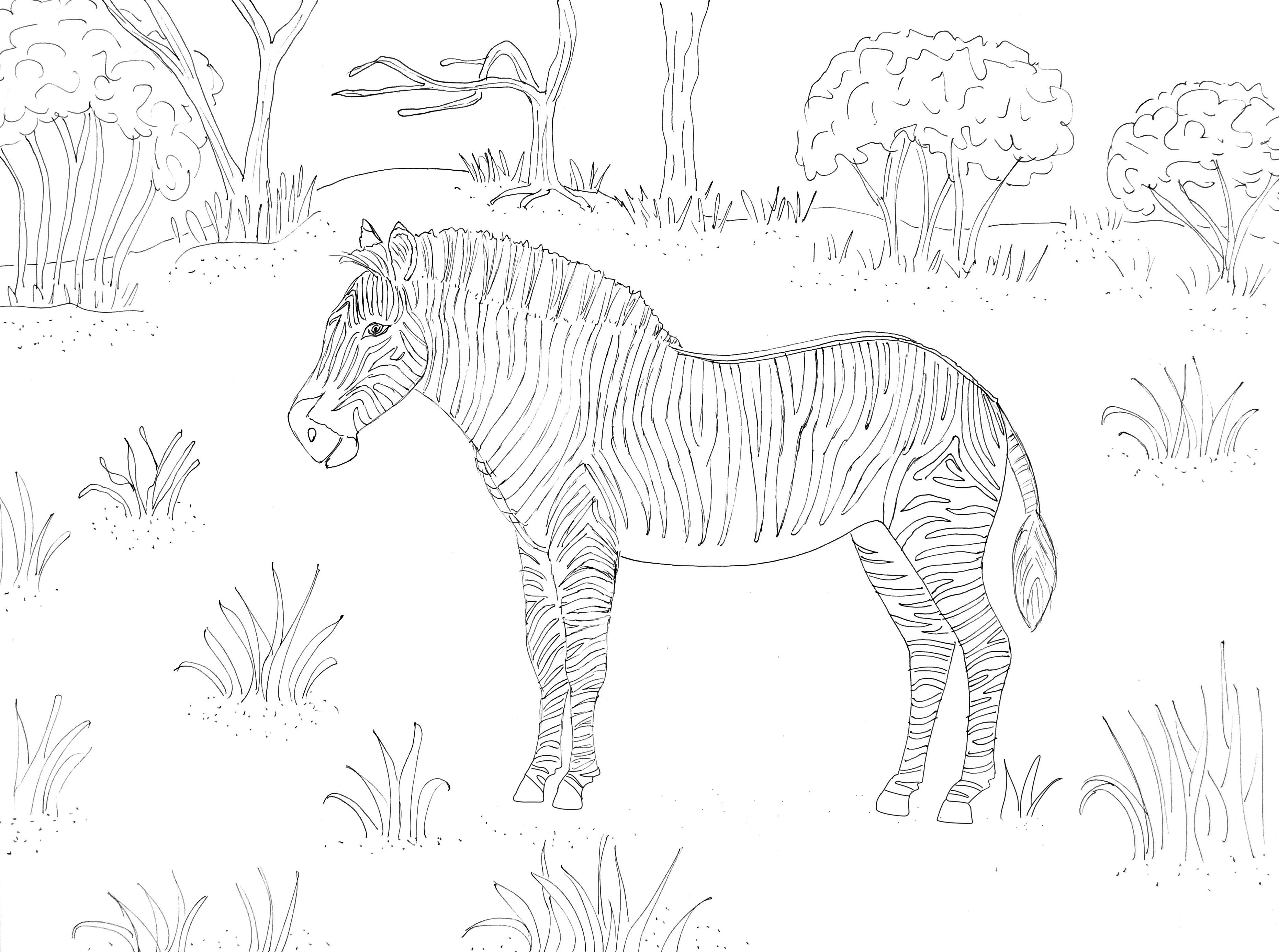
20. Black footed Ferret
STATUS – Endangered
POPULATION – 250 - 500
SCIENTIFIC NAME – Mustela nigripes
HEIGHT – 3.9 - 5.9 inches
LENGTH – 19 - 24 inches
WEIGHT – 2 pounds
HABITATS – Prairies, Steppes
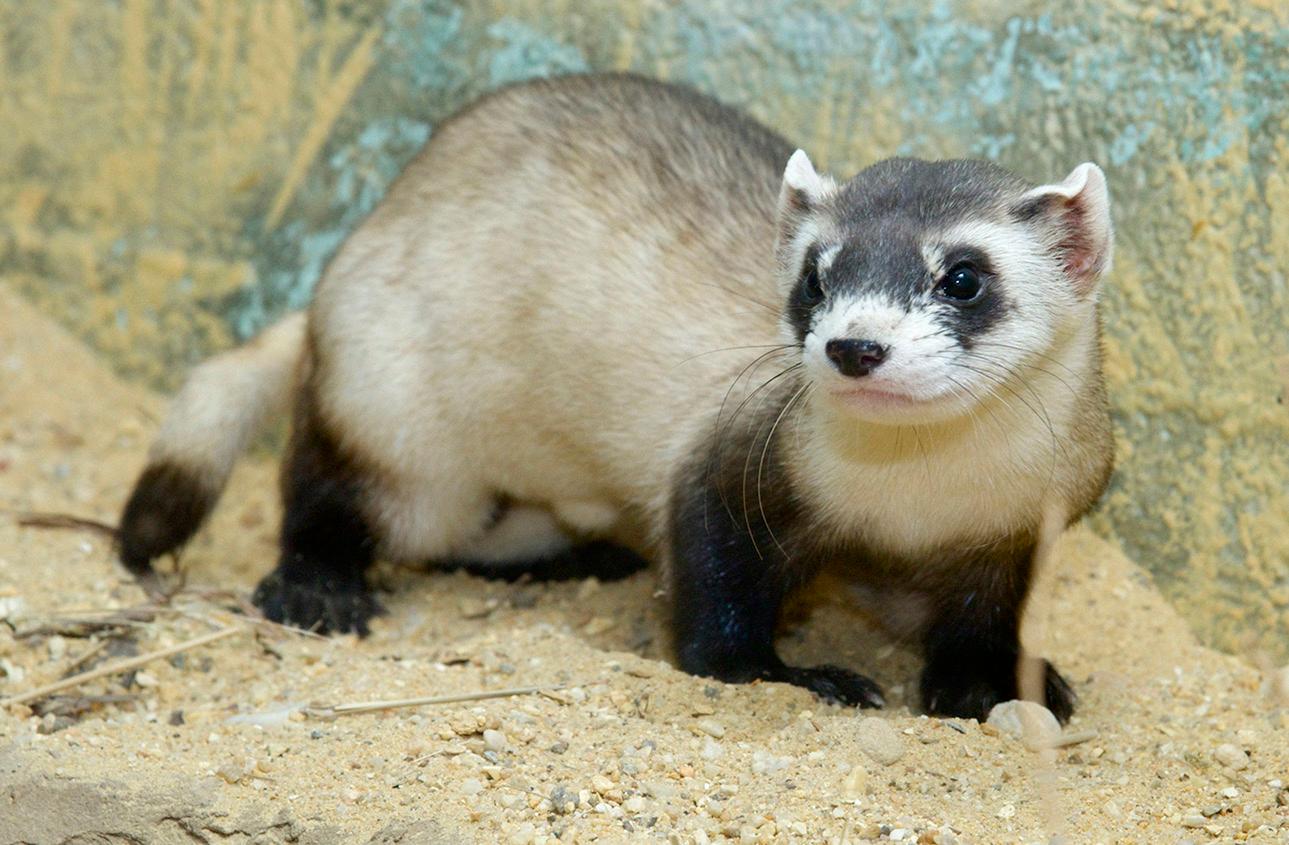
Sauntering in the Great Plains with superb aplomb, the Black footed Ferret is a crucial piece in maintaining the region’s ecosystem and biodiversity. Unfortunately, their roles as caretakers is being threatened by a cornucopia of torments. These ugly afflictions include habitat loss, the concurrent decline of the prairie dog, diseases, lack of genetic diversity, attacks from other animals, and climate change. The demise of the prairie dog is particular egregious since black footed ferrets rely on them for their food source. Luckily, these feisty ferrets have been rejuvenated through captive breeding, their reintroduction into the wild, habitat restoration, disease management, and awareness programs. All of these together have given black footed ferret a sense of hope in the world.
